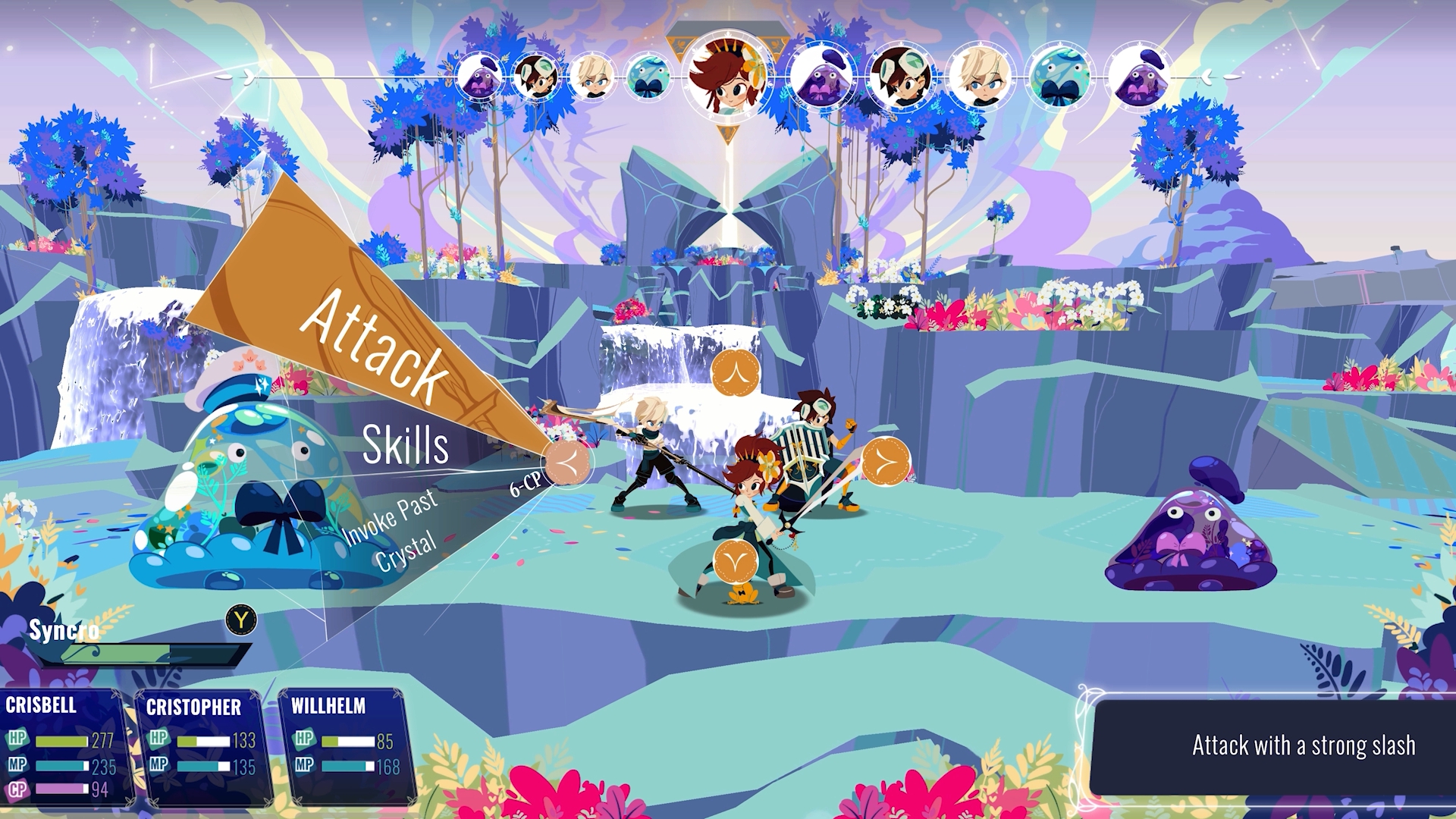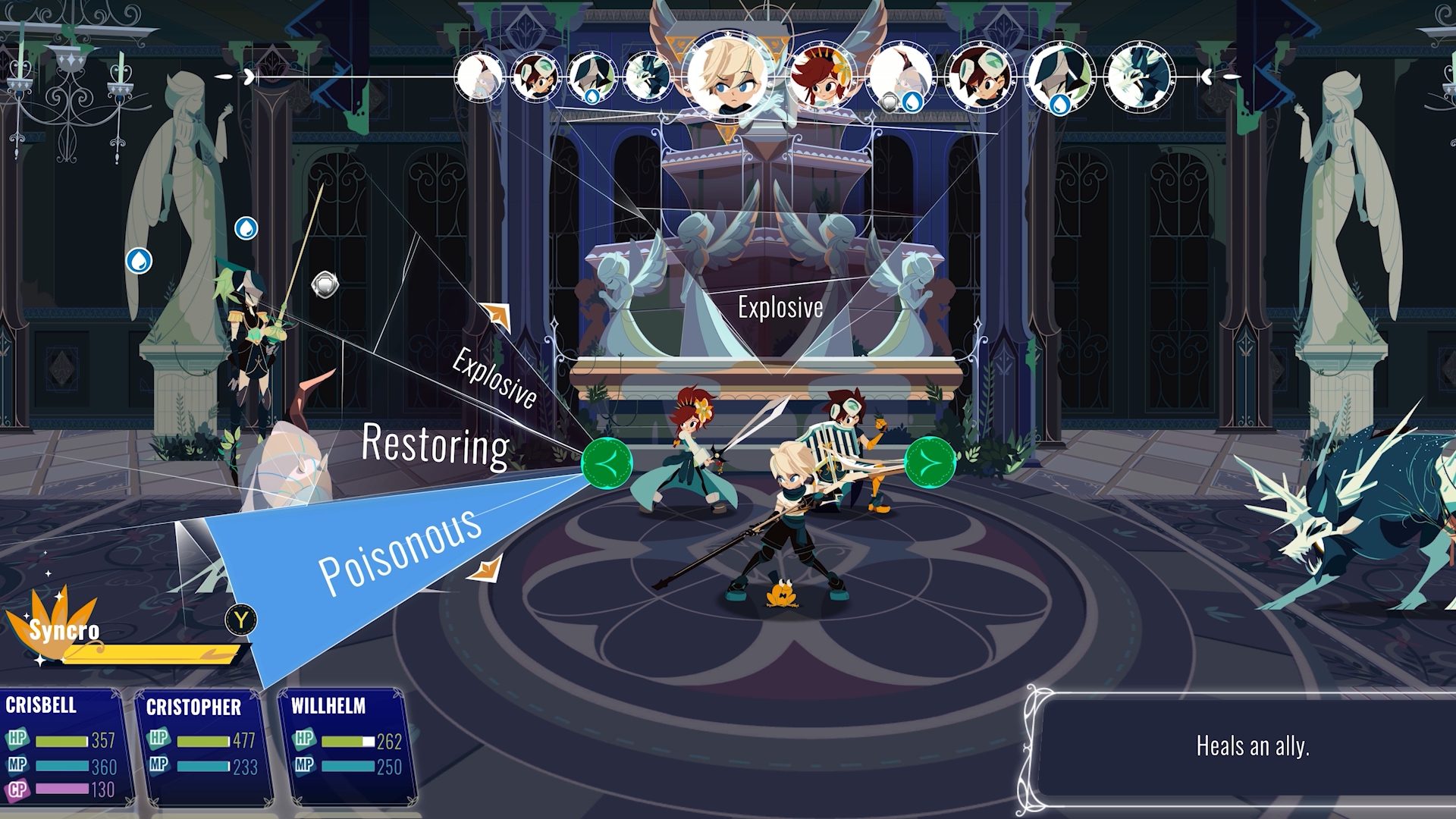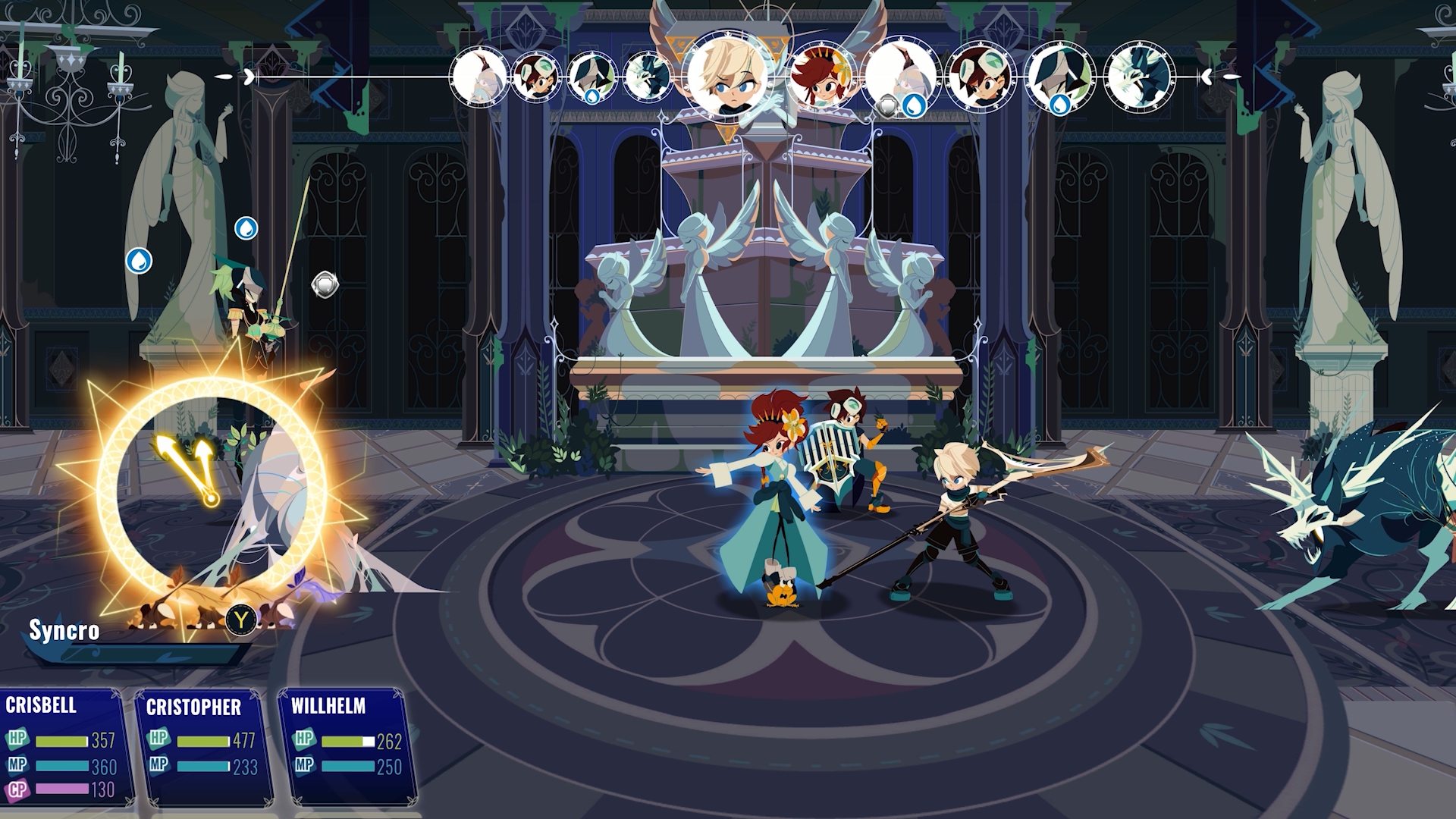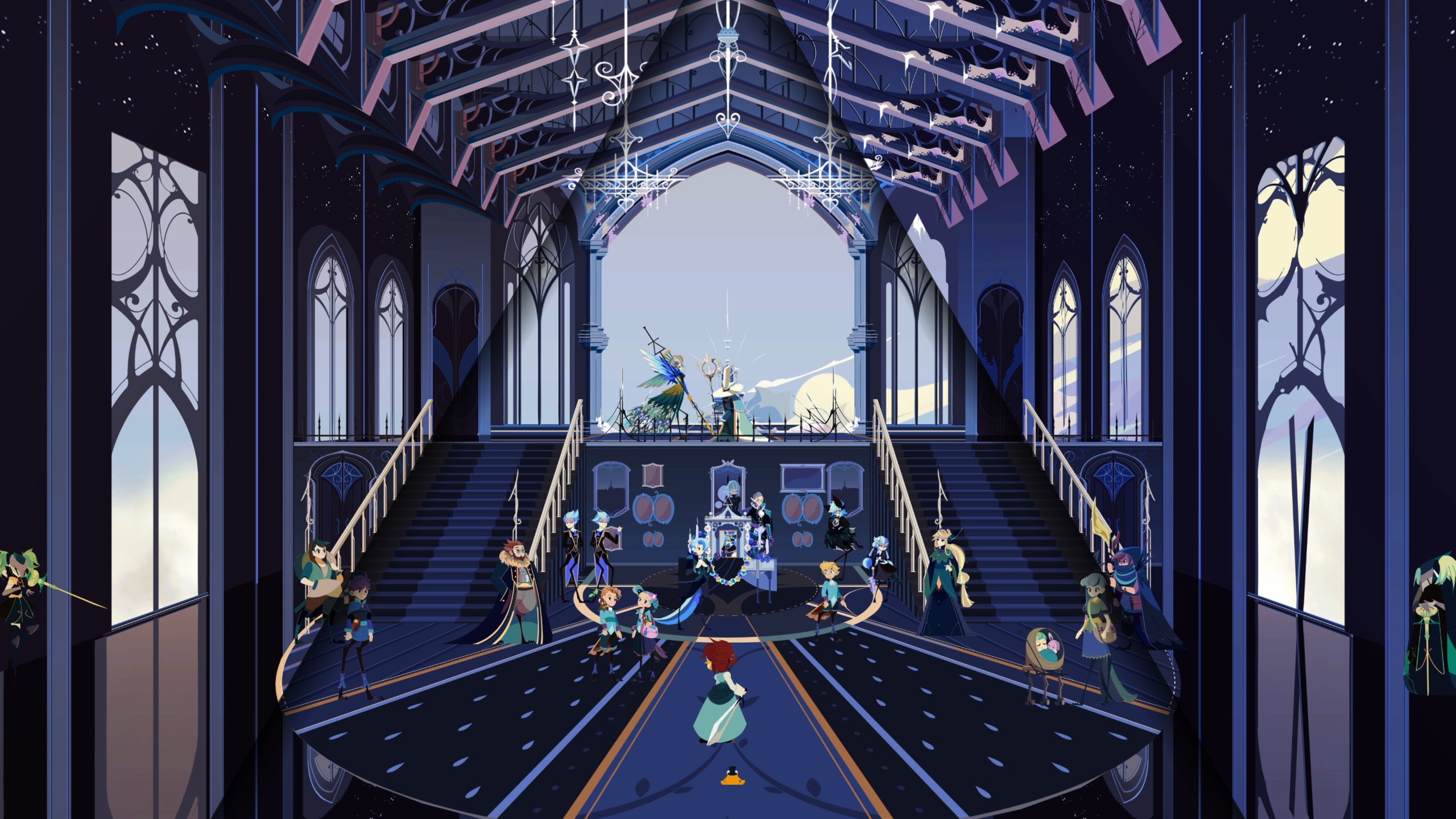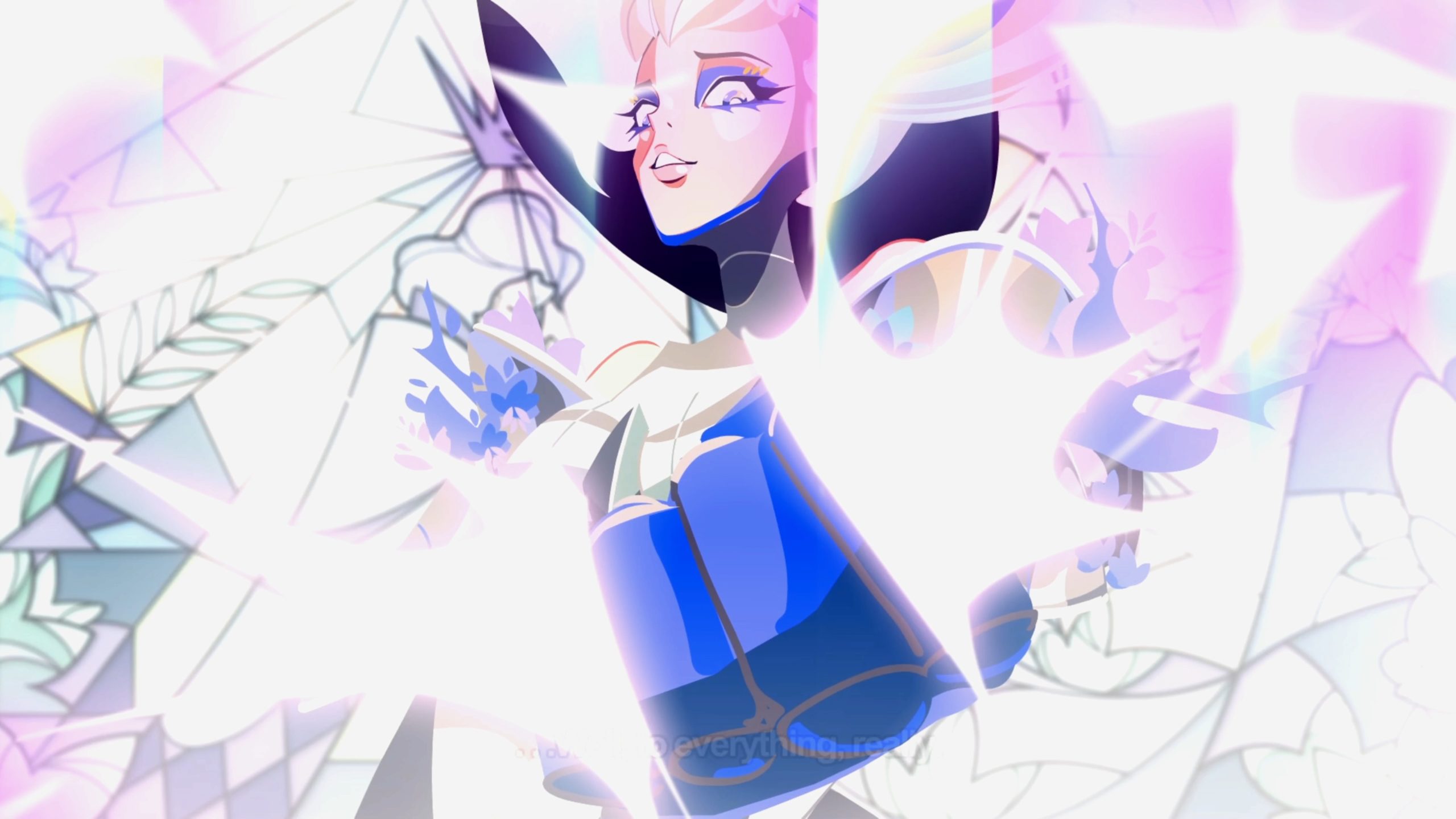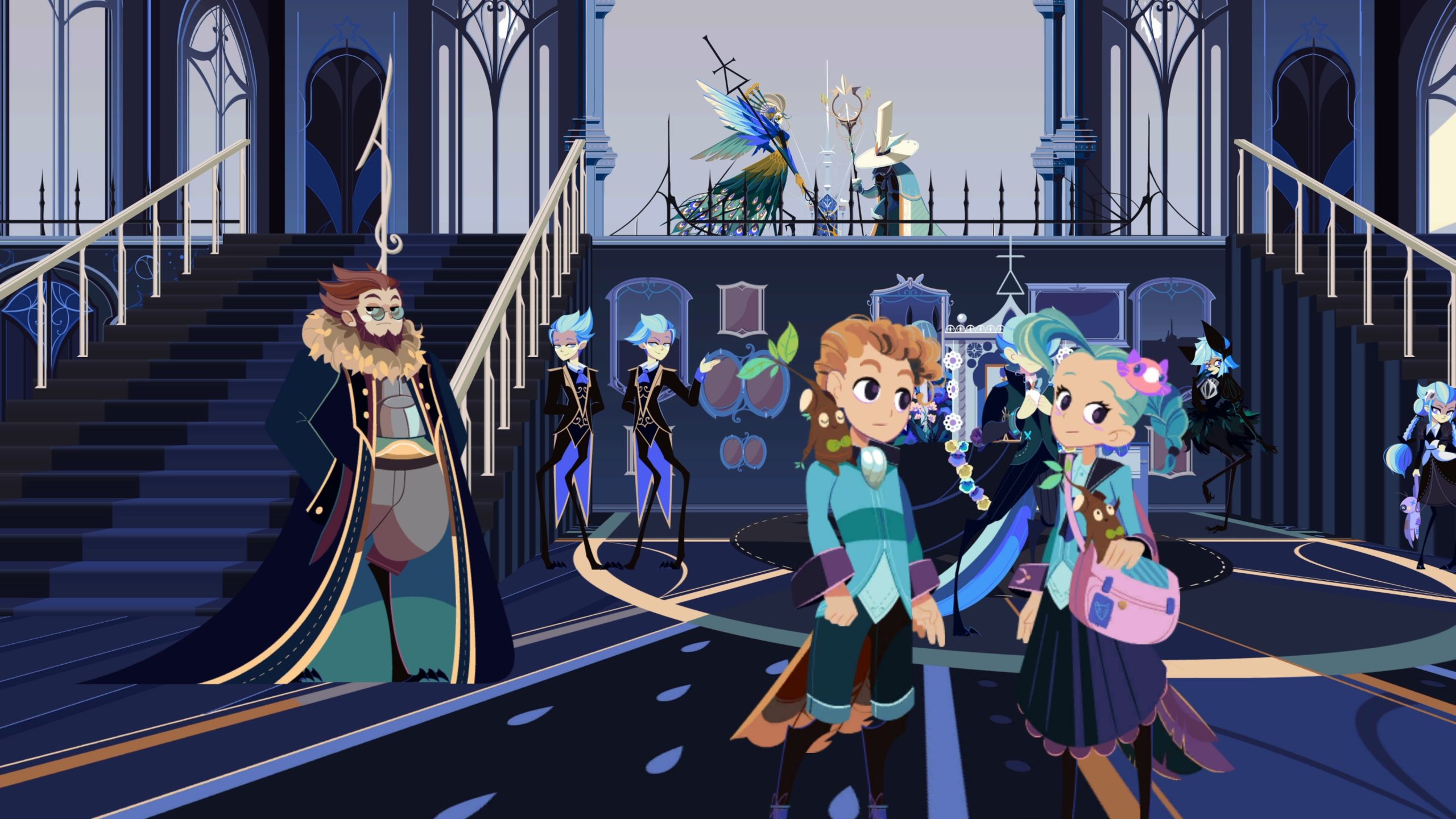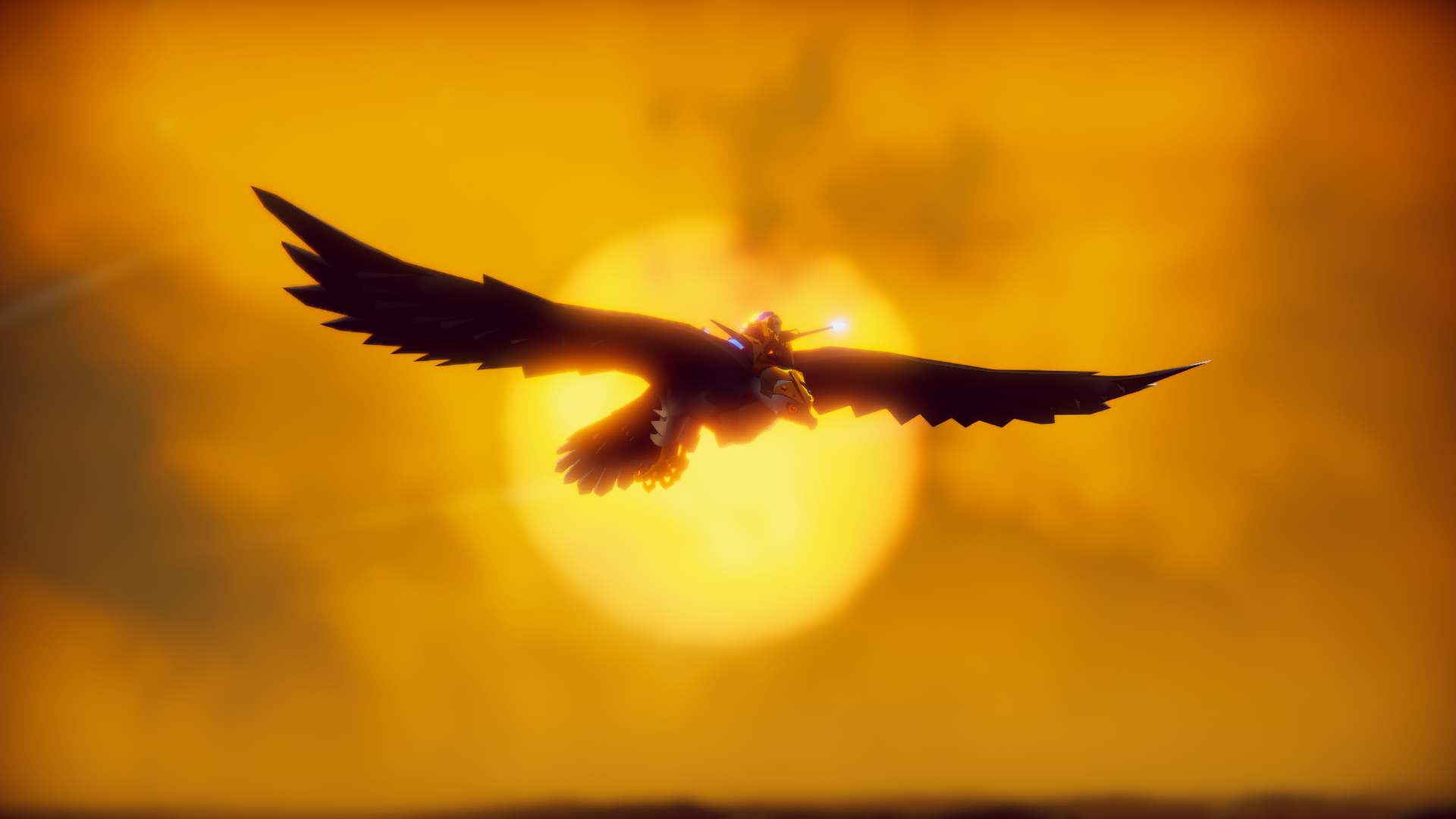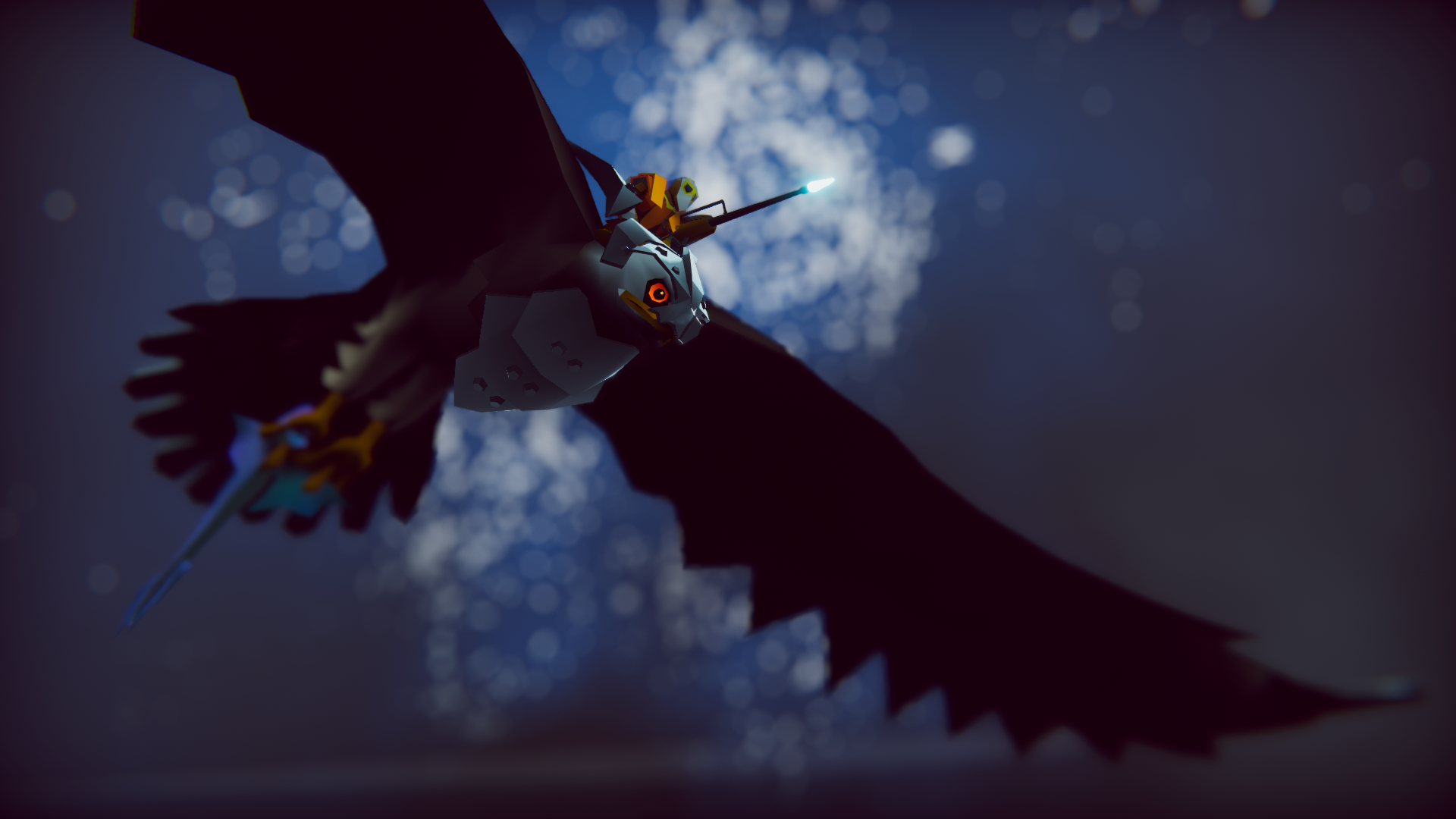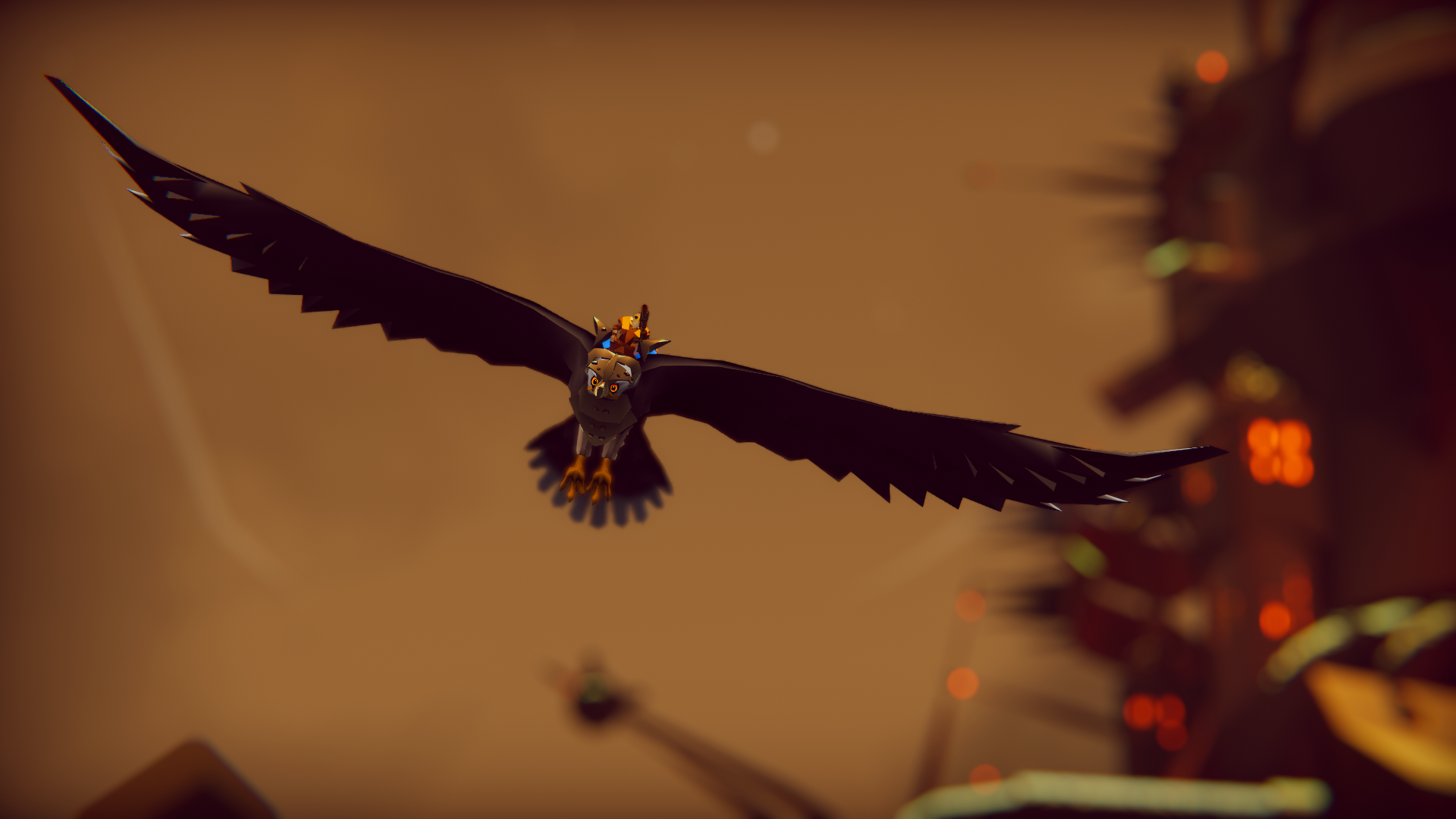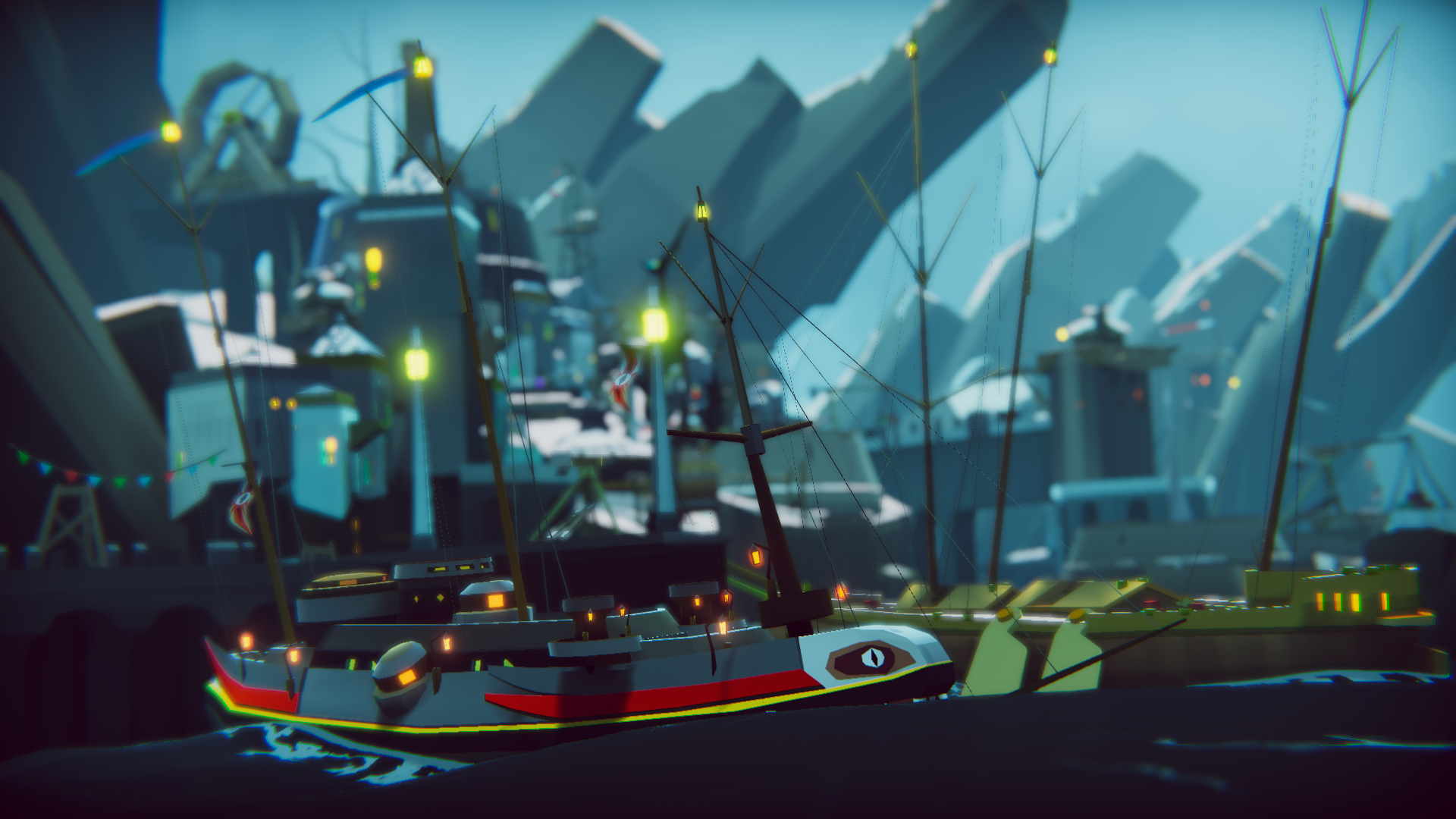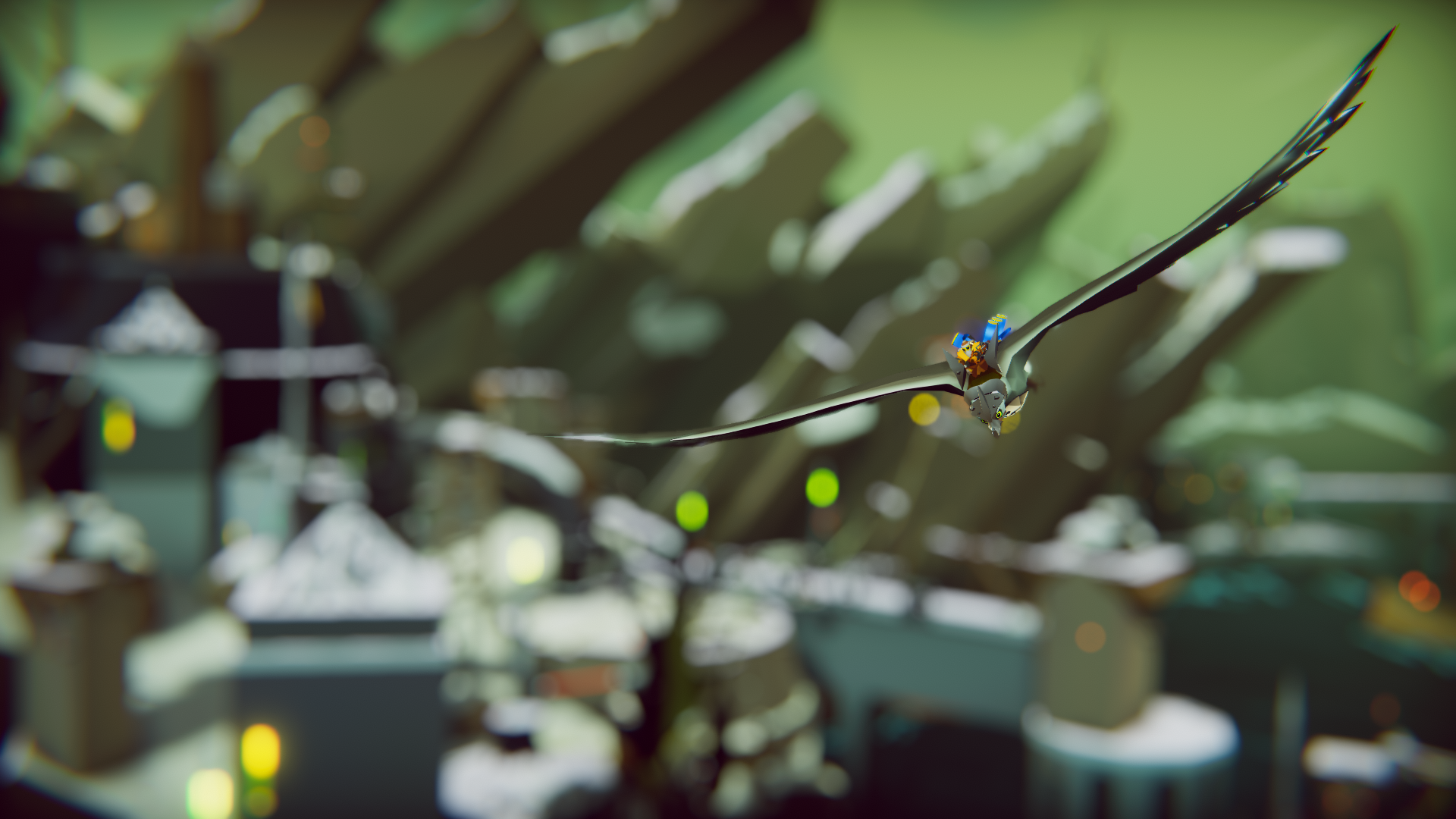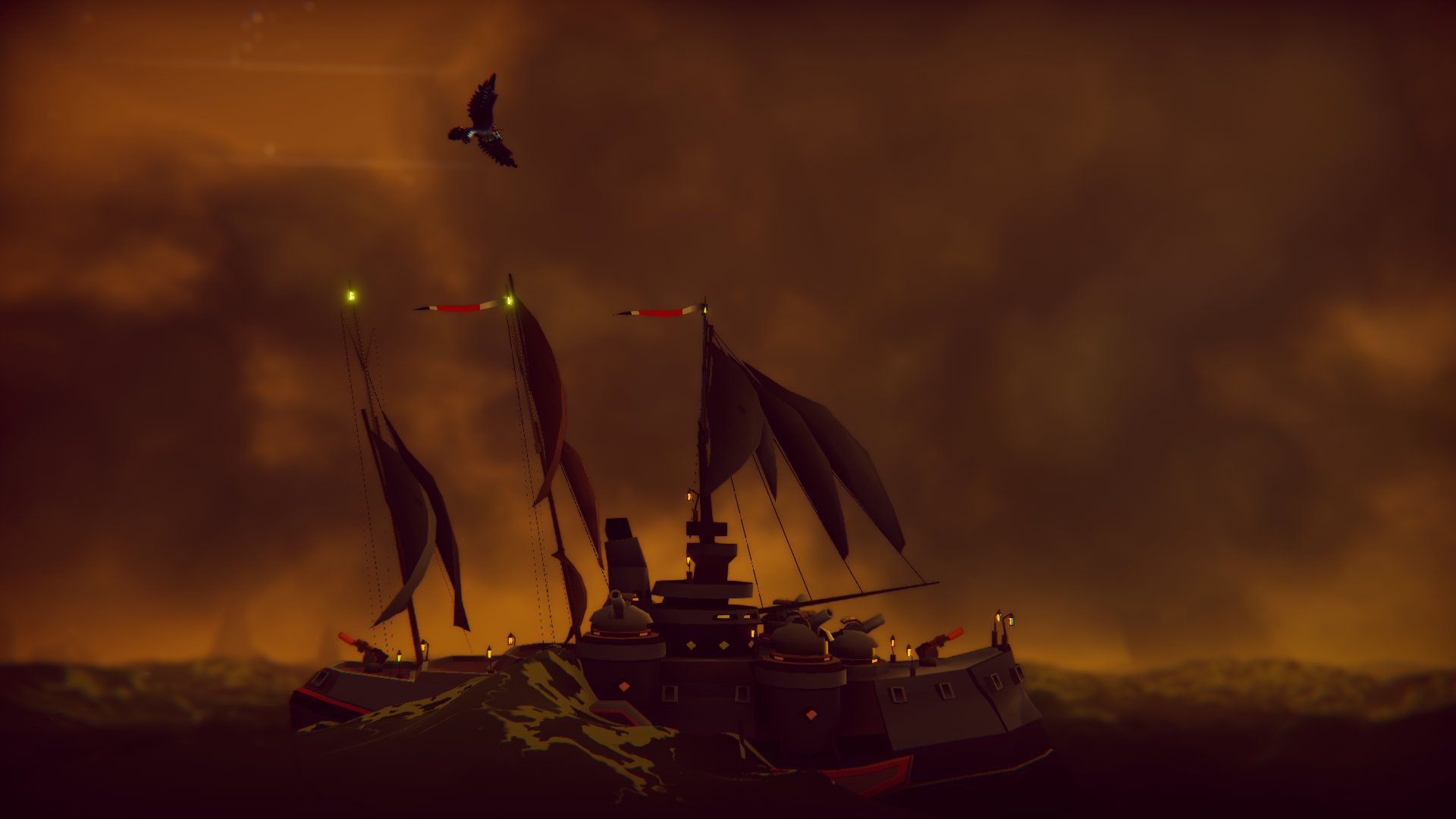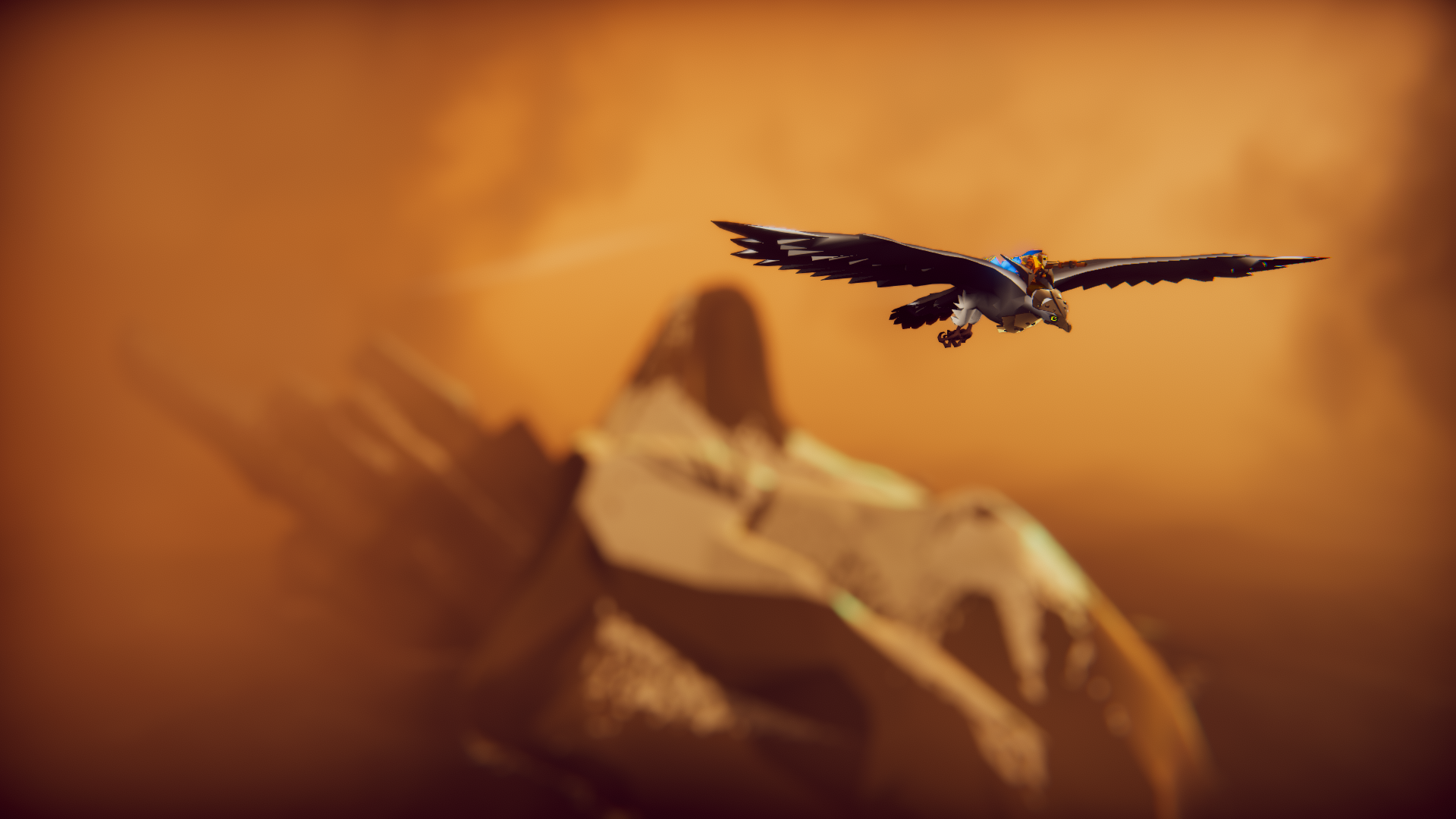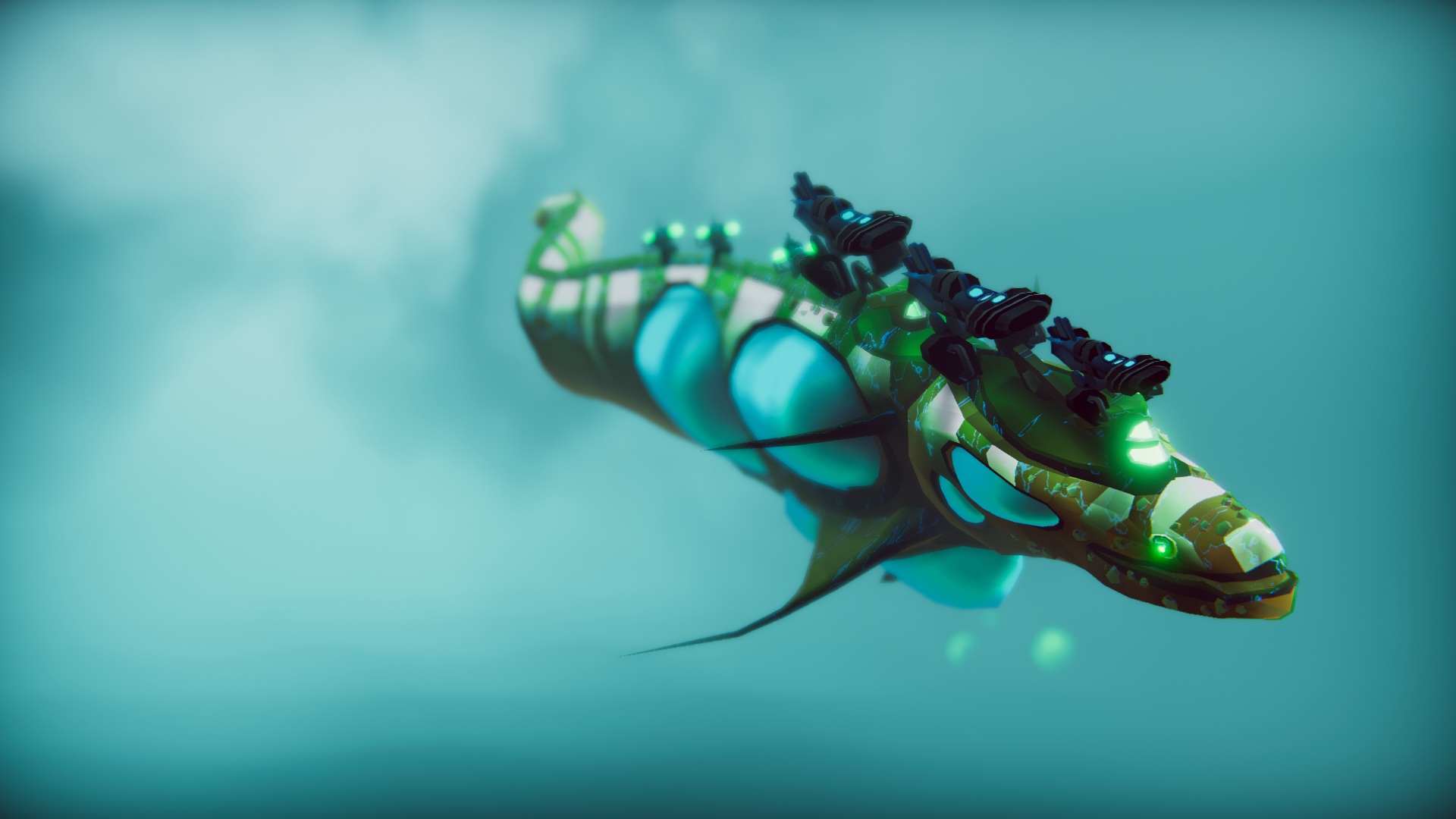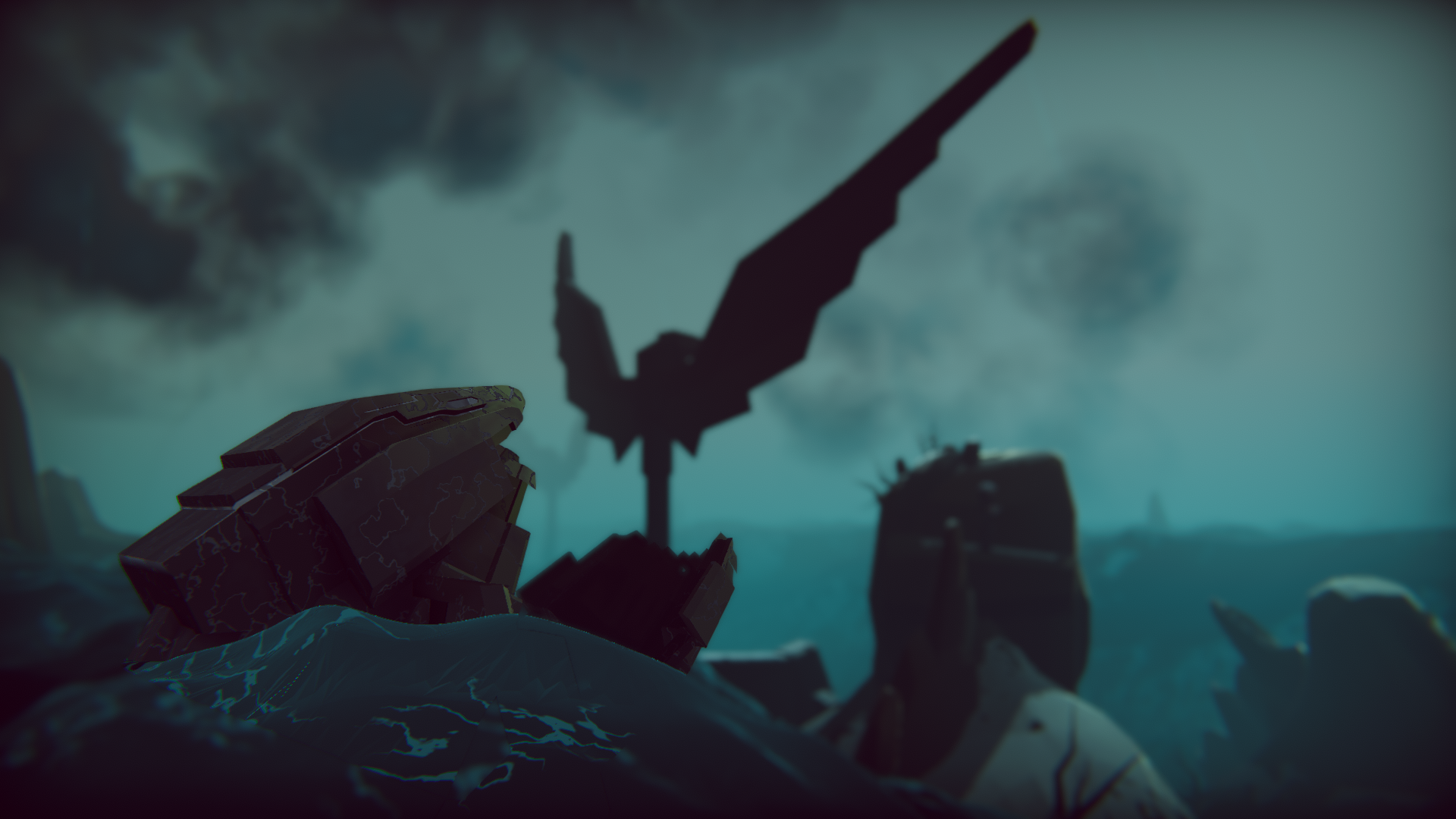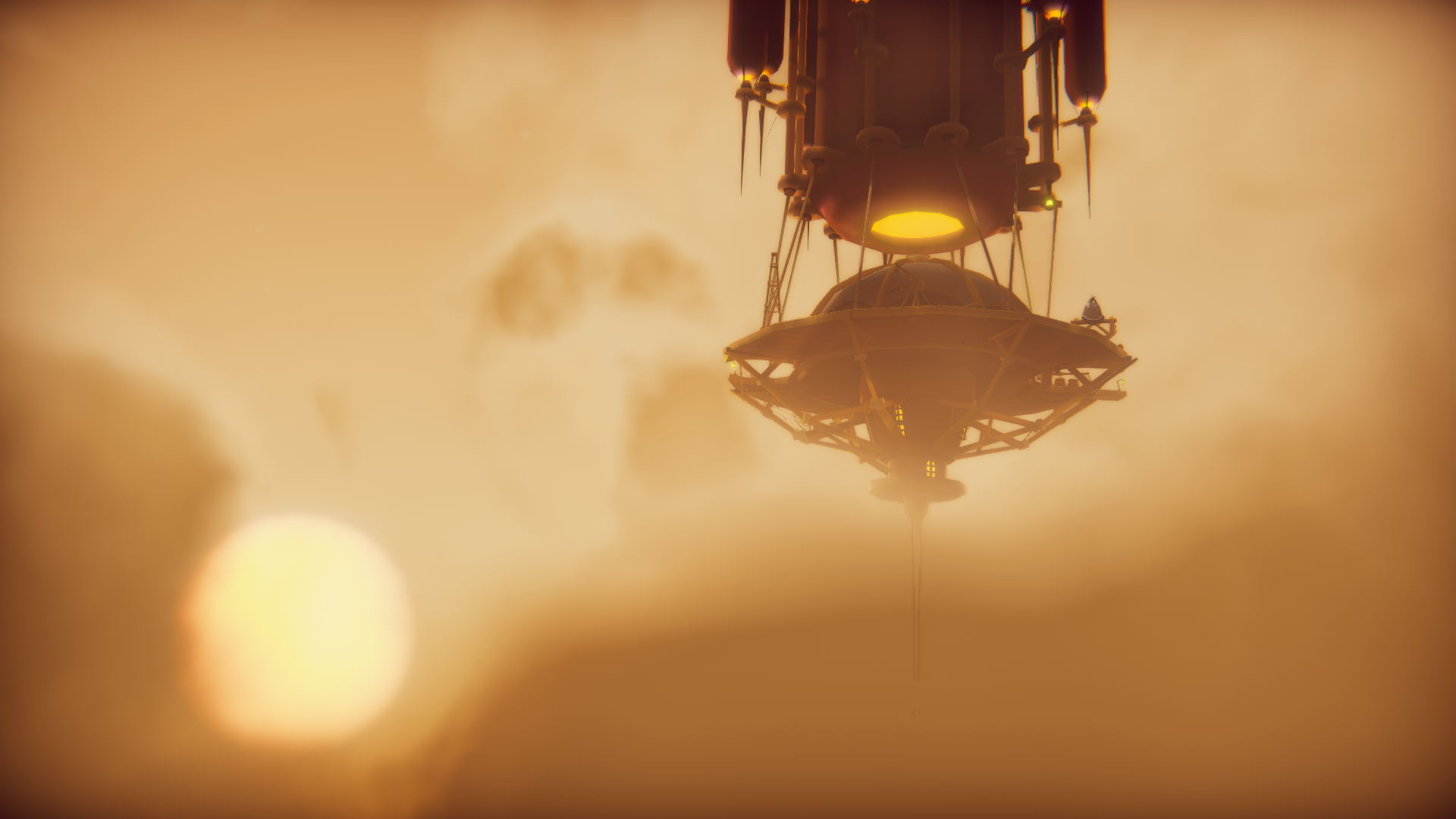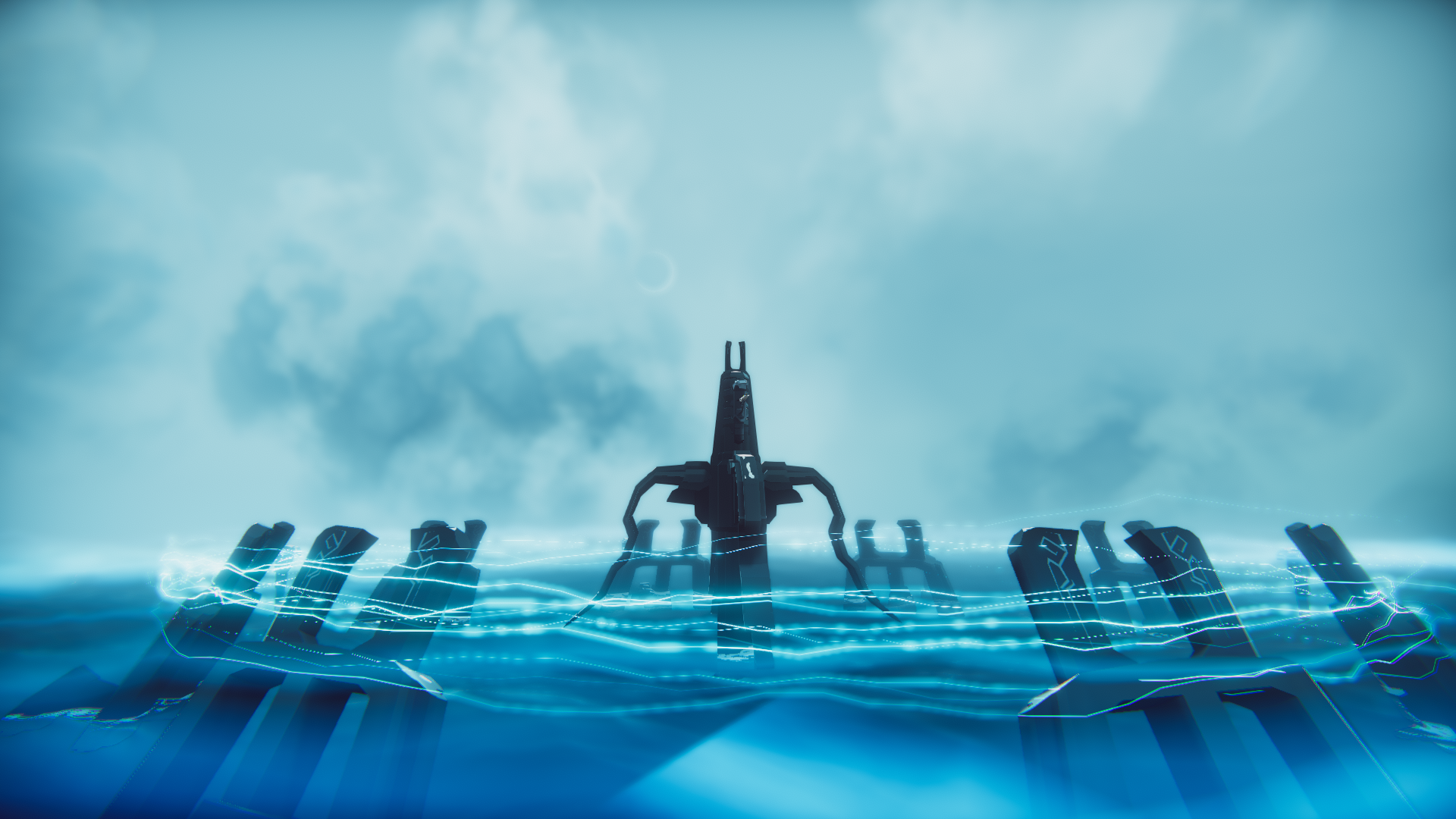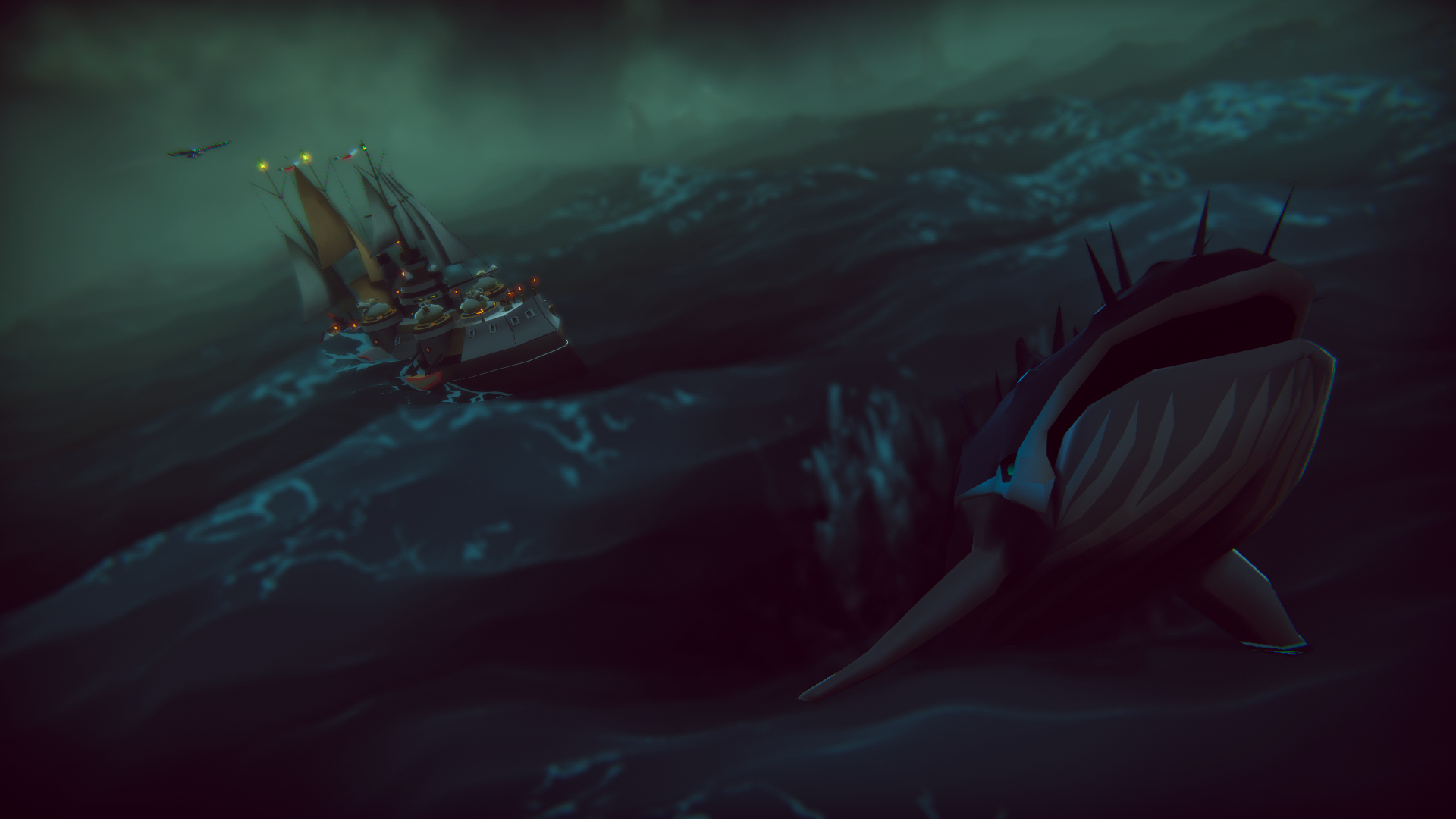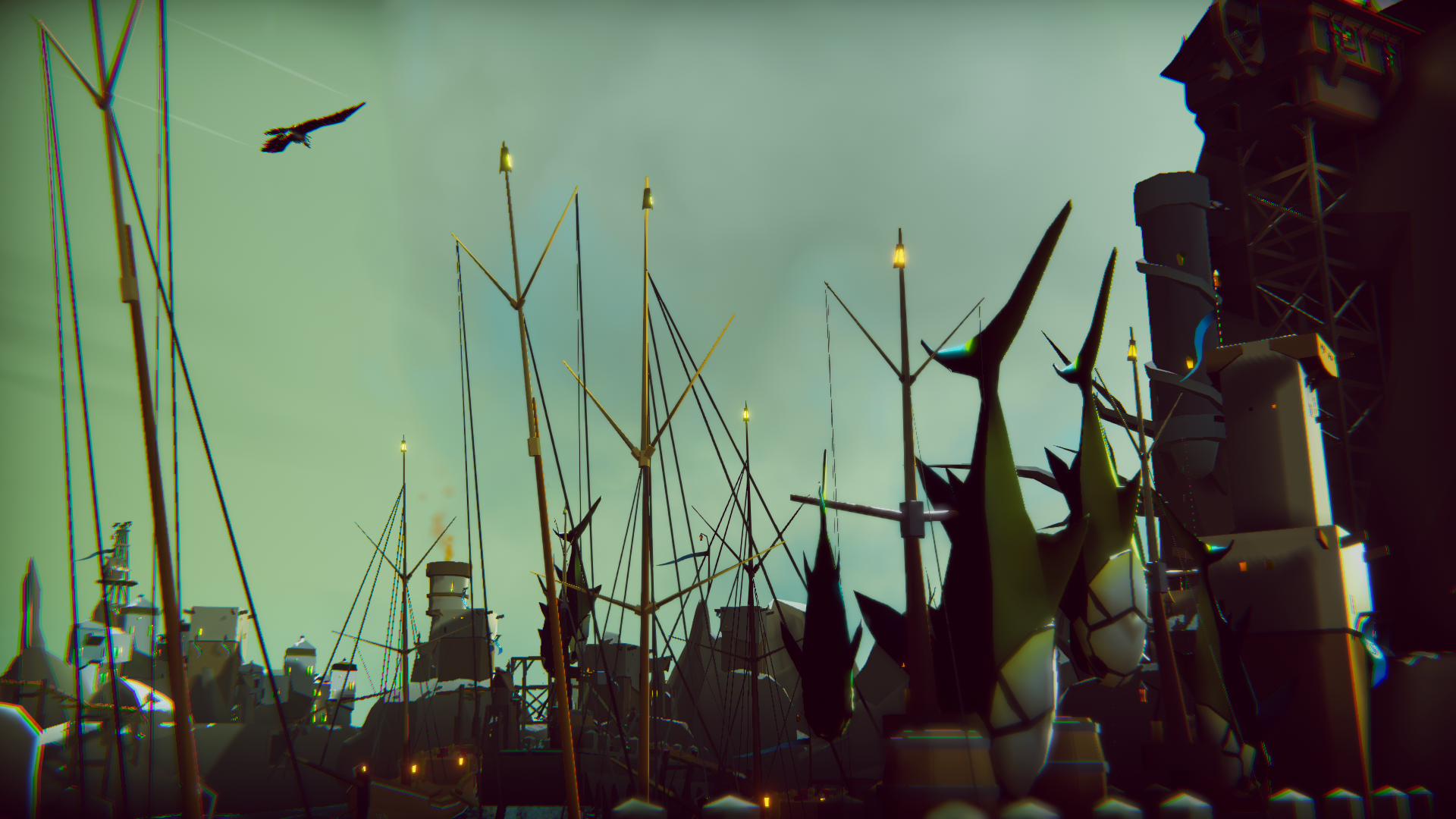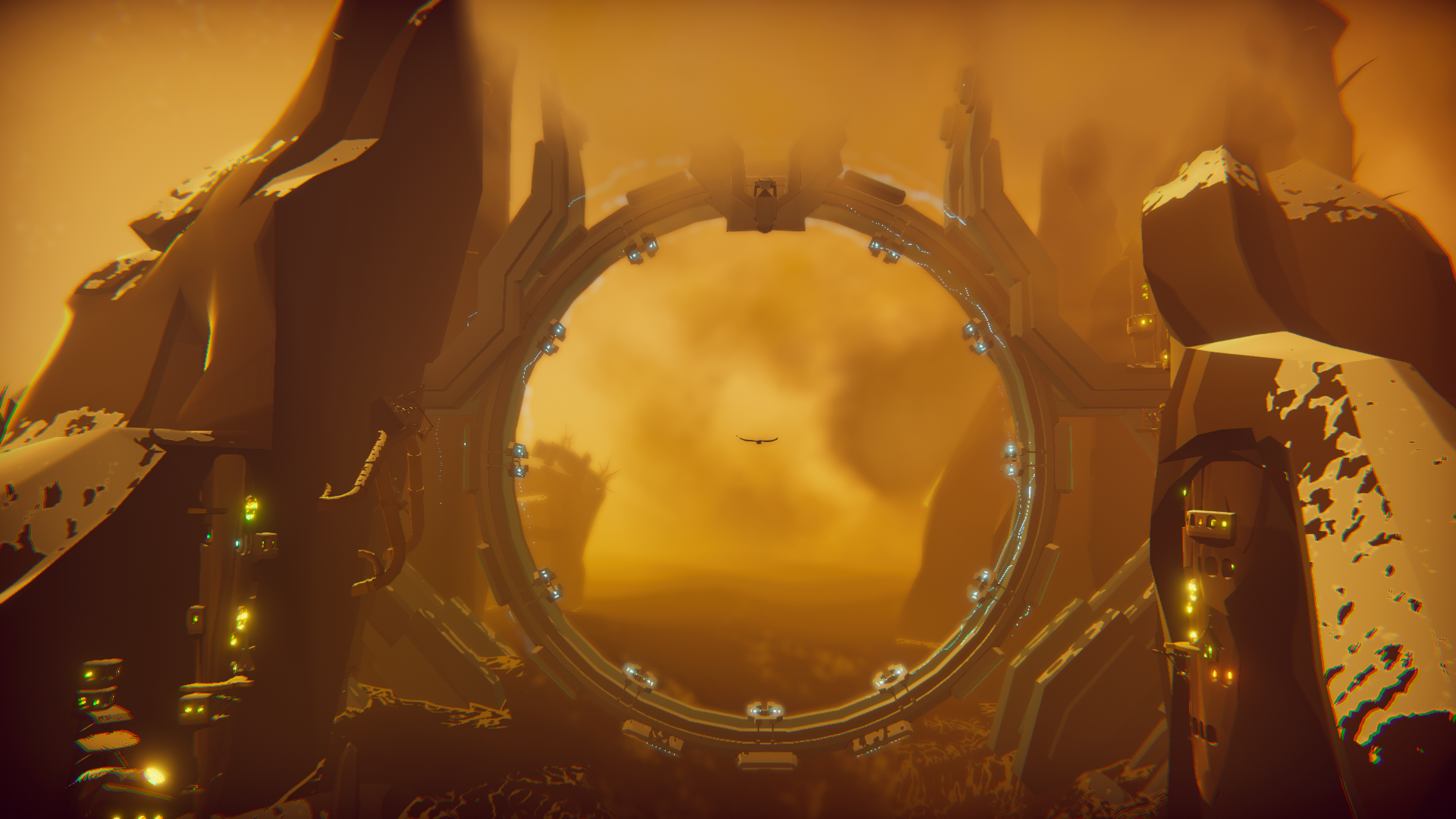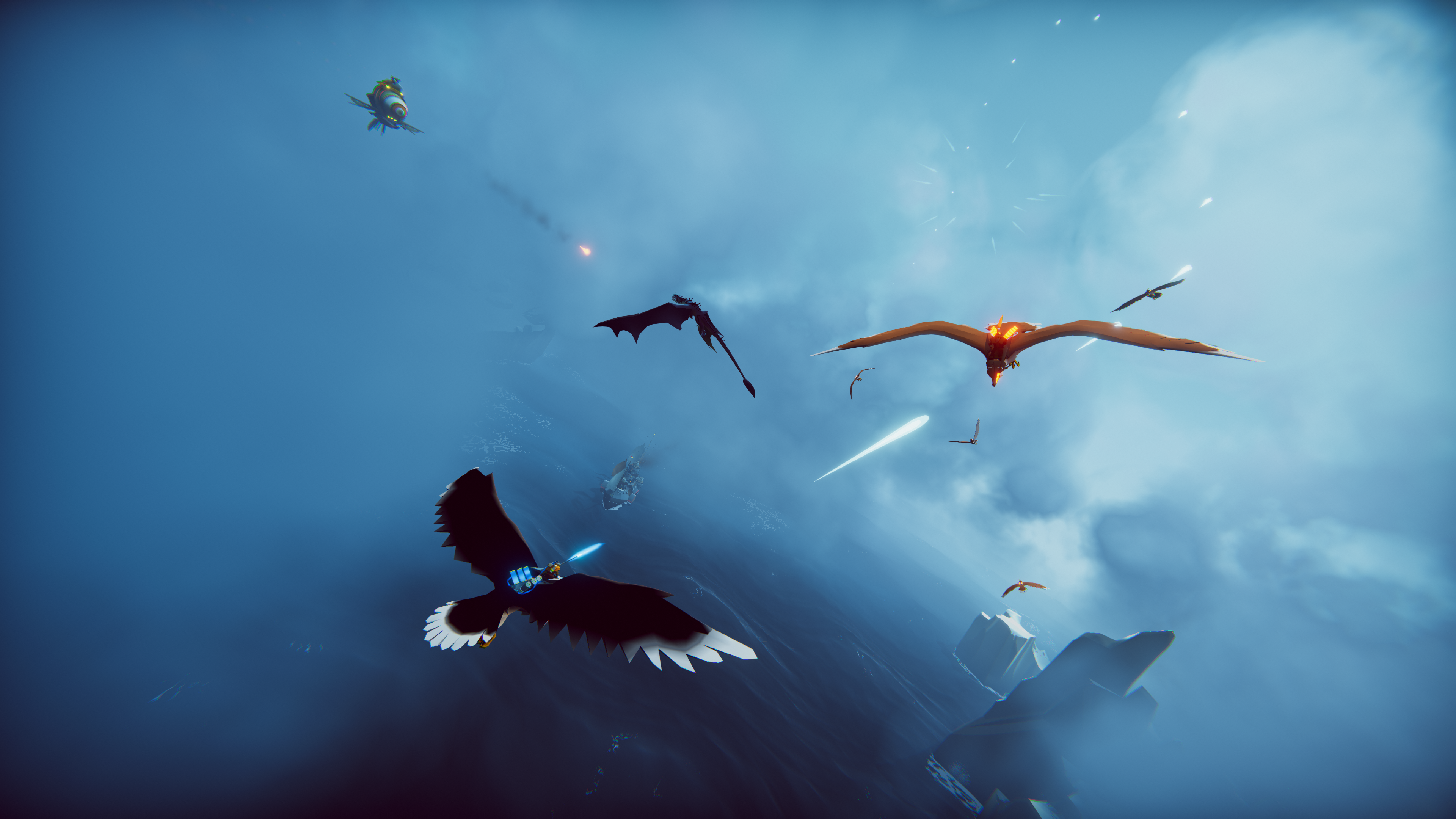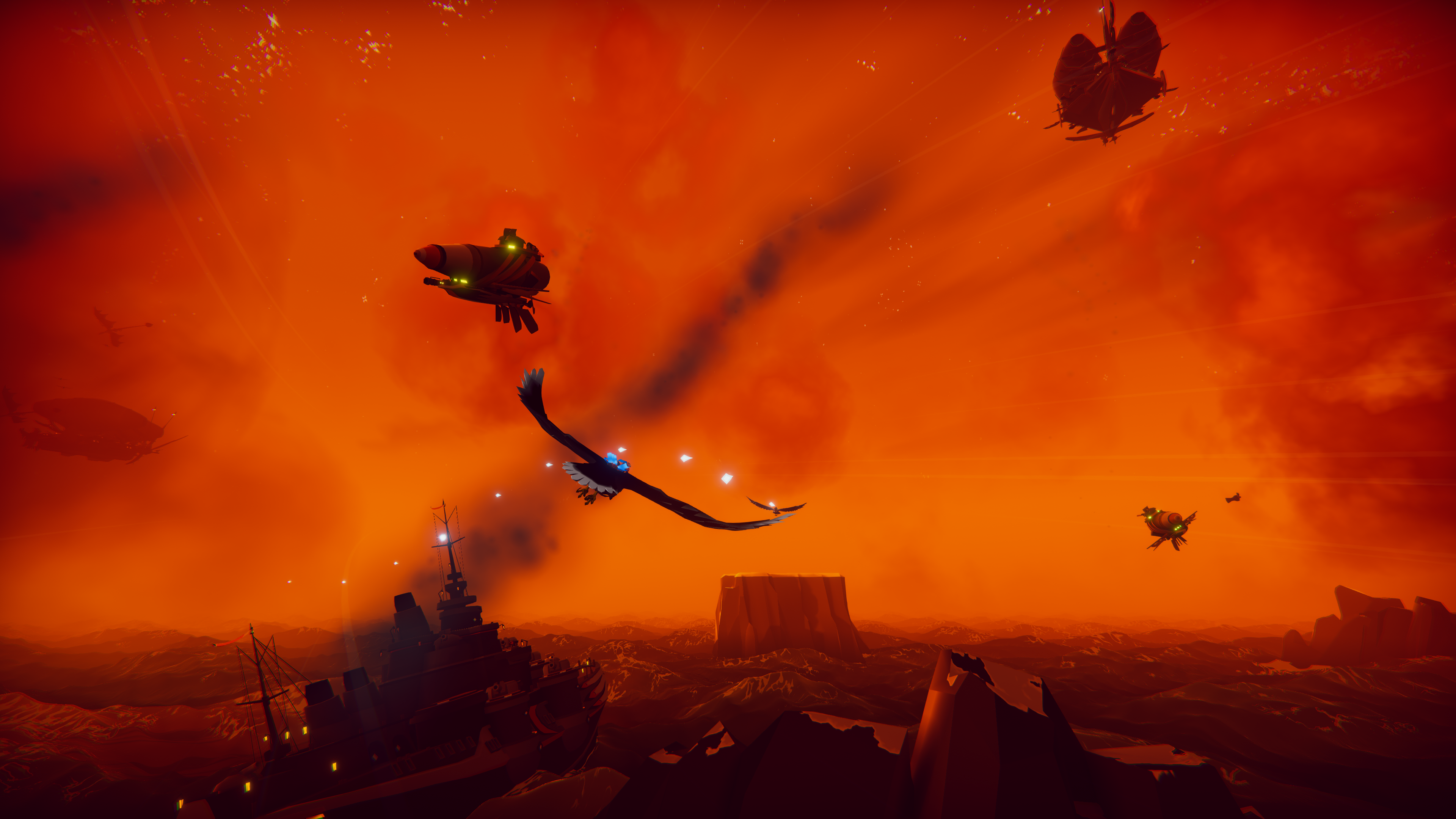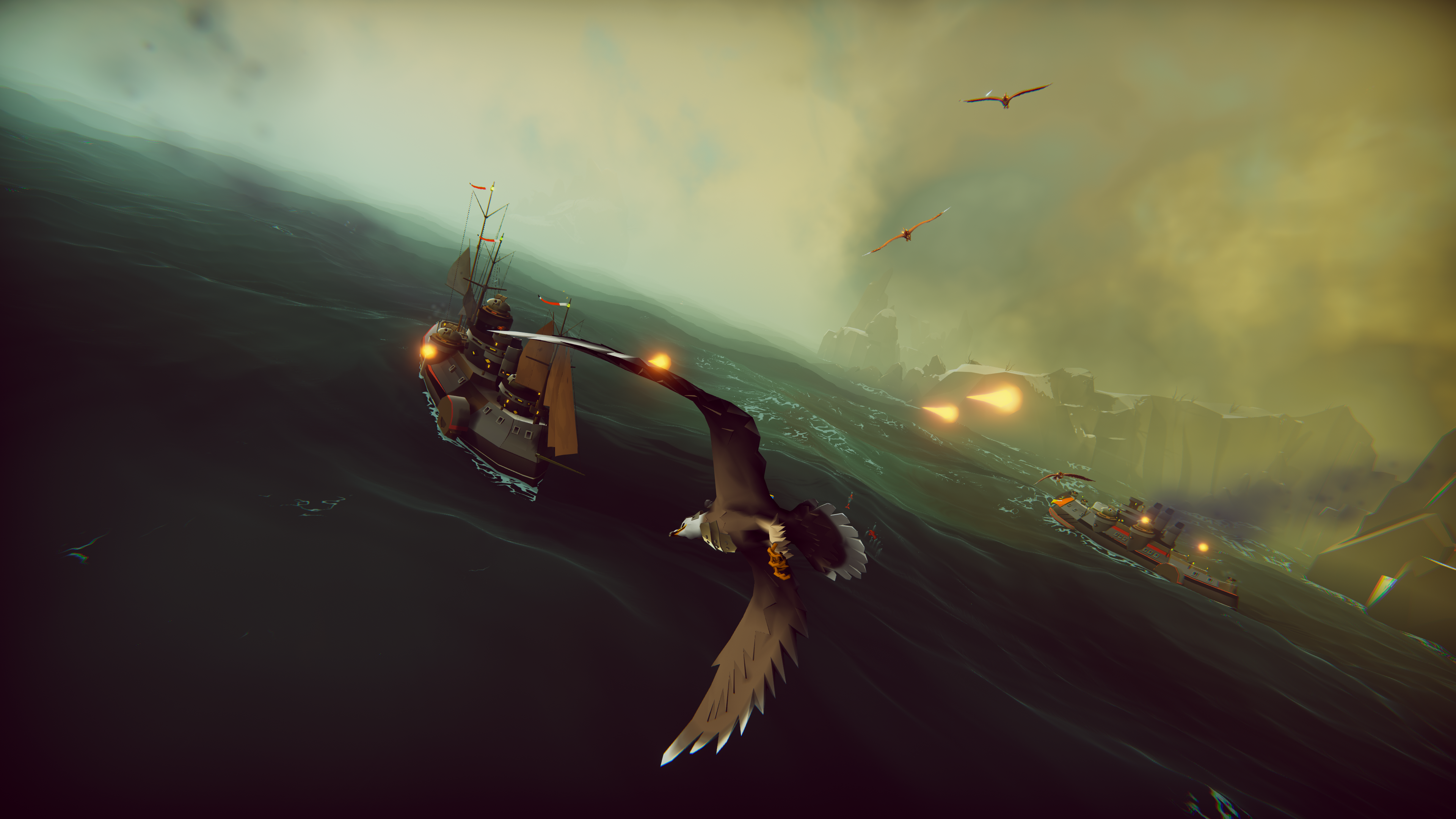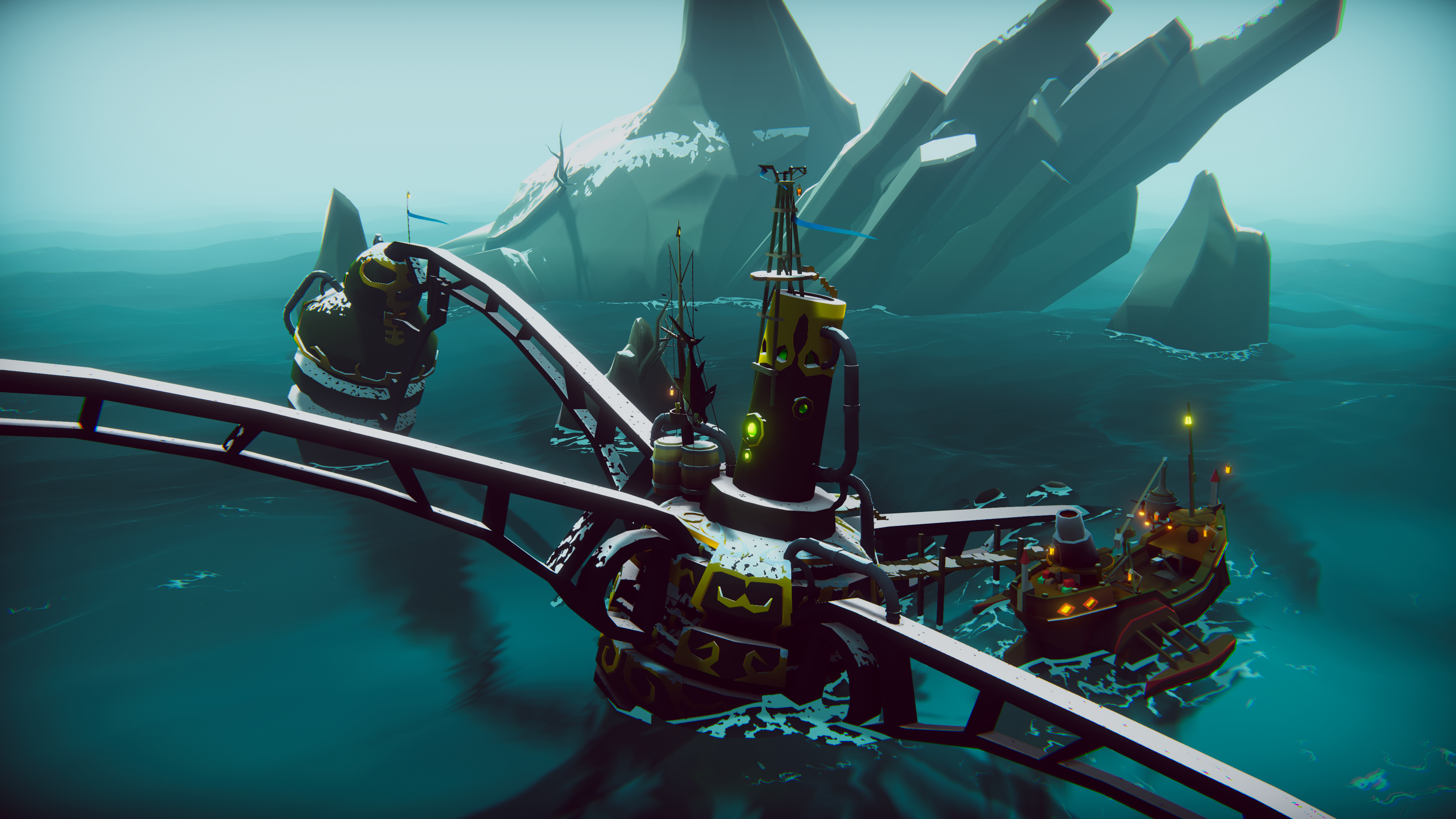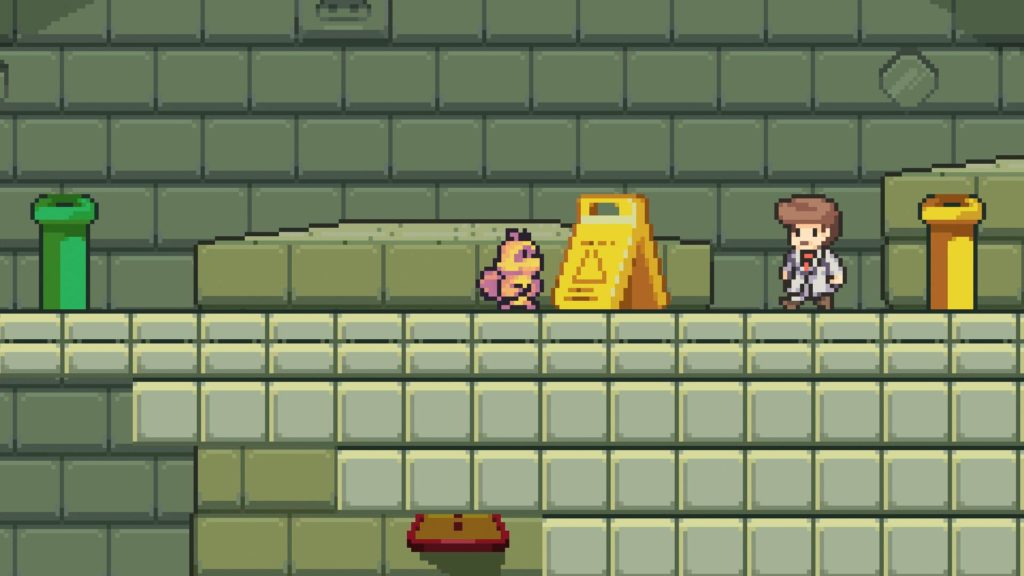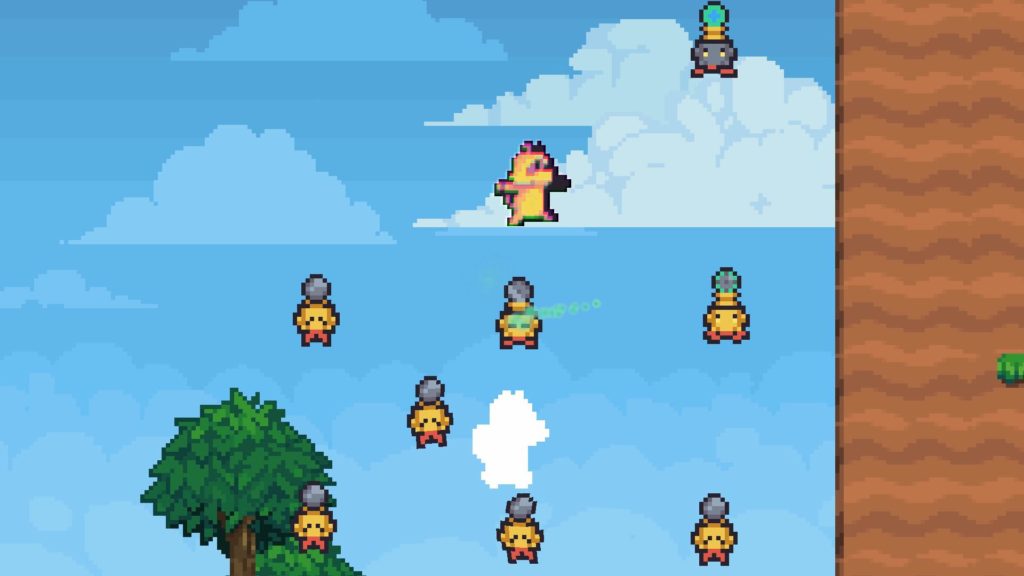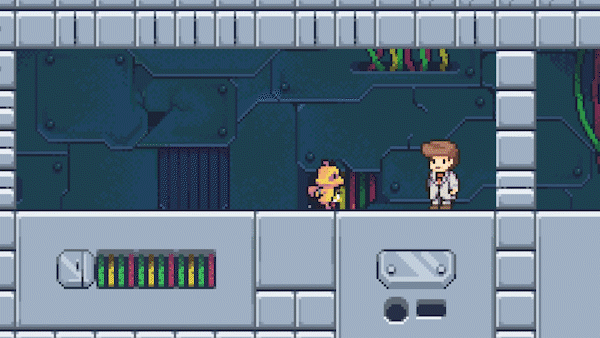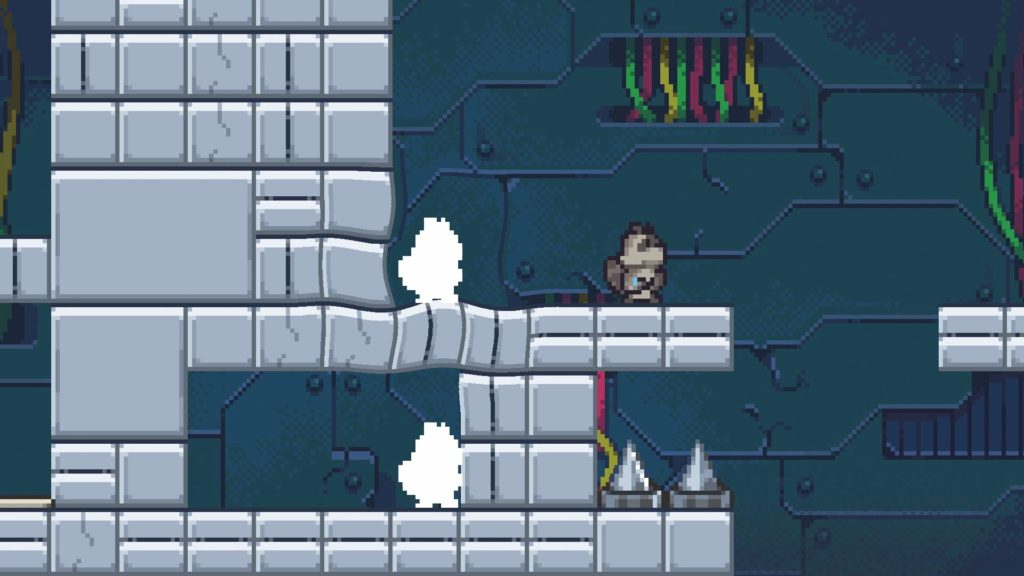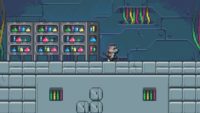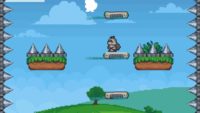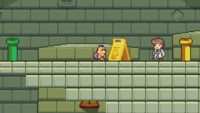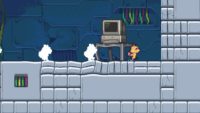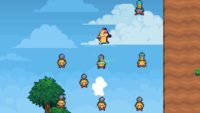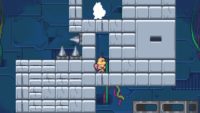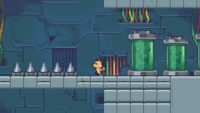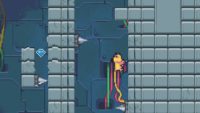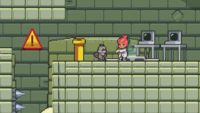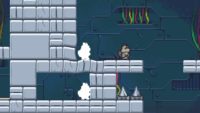Nexomon
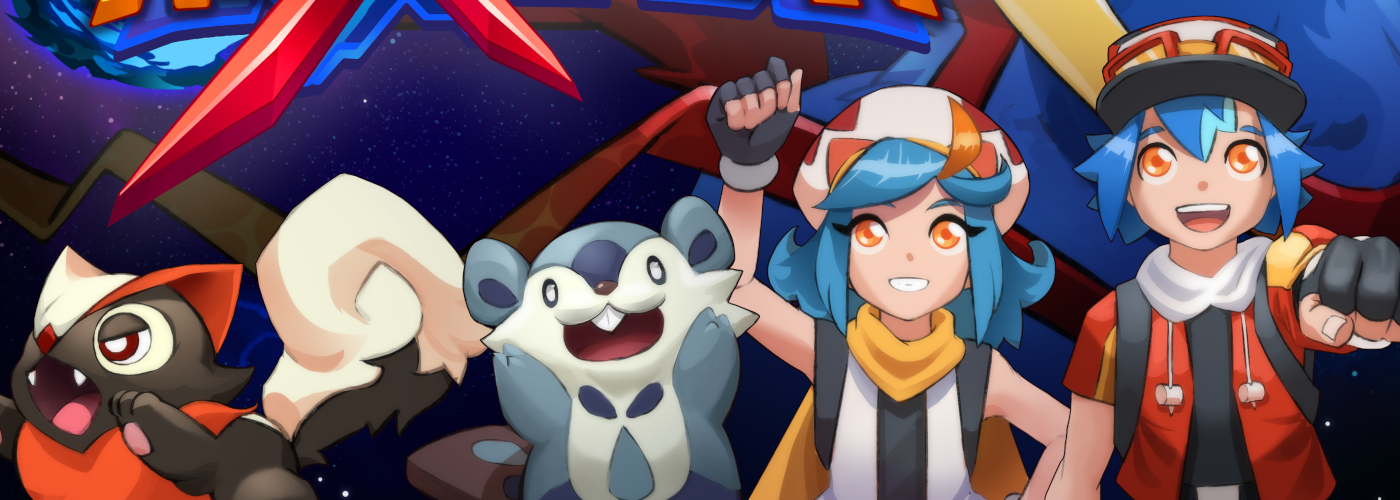
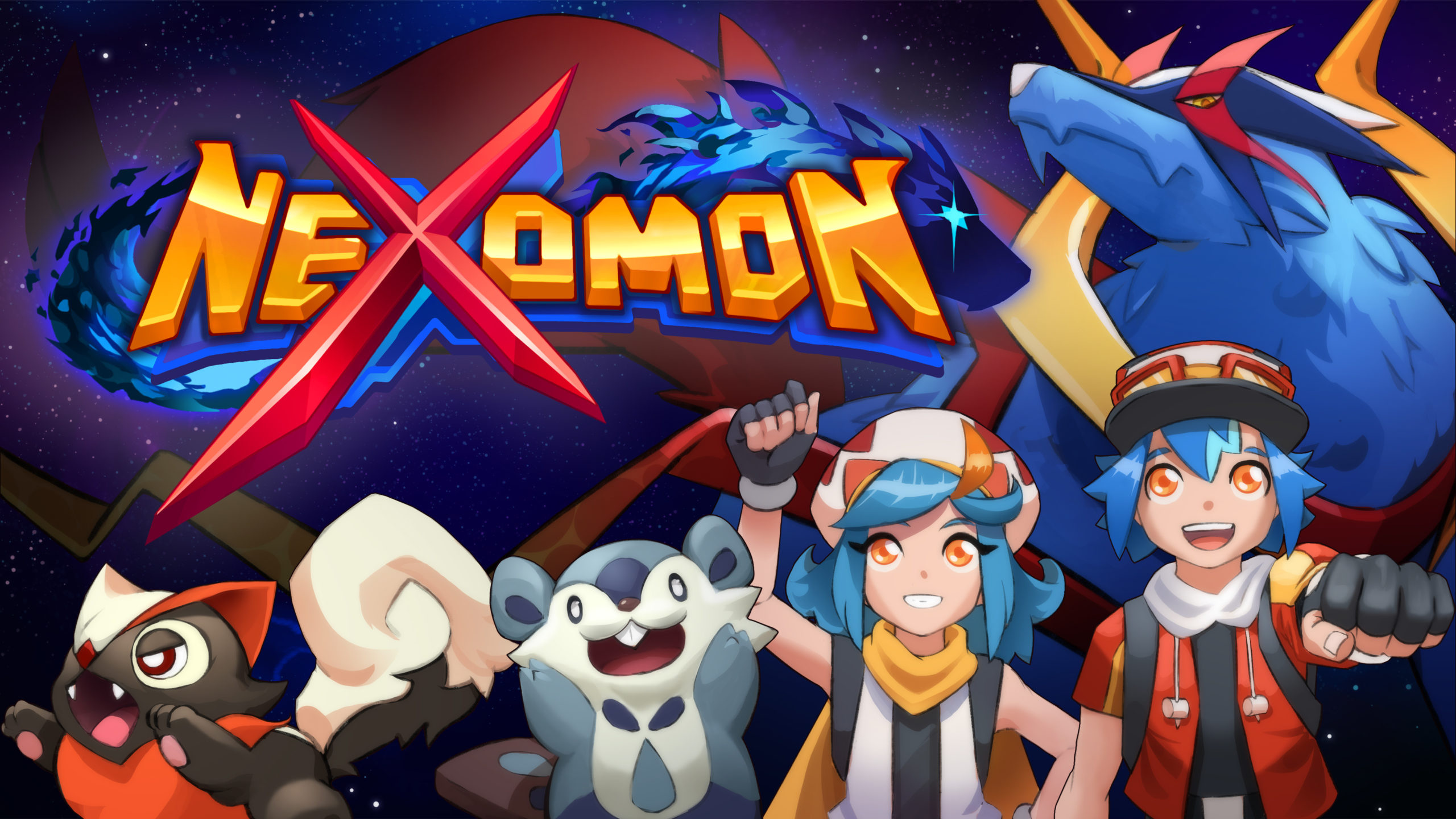
In 1996, a lot of parents up and down the country said that those pocket monster games were ‘just a fad’ and will go away like POGs, Tamagotchi, and the strange grow-your-own alien things. Twenty-five years later and this fad has not only evolved into a culture, it is going from strength to strength, becoming one of the highest grossing video game franchises ever. A true test of a fad however, is not only the volume but the quality of knock-off products that spring up, trying to get a slice of the pie. On the face of it, Nexomon from indie studio LimeTurtle Inc (and ported to consoles by Ratalaika Games) may seem like the latest in a long line of monster catcher games but I’m here to tell you that it’s not as straightforward as that.
At A Glance
| Scores | |
| Visuals | 7 /10 |
| Sound | 4 /10 |
| Gameplay | 5 /10 |
| Overall | 5 /10 |
| Positives | + Tight story + Good character & monster design + Visually pleasing |
| Negatives | – Clunky menus – Annoying music – Straightforward, unchallenging gameplay |
| Price (When Reviewed) | £7.99 |
| Our Playtime | 15 hours |
| Available On | PS5, Xbox Series X|S, Nintendo Switch, PC, Xbox One, PS4, Stadia |
Nexomon is presented as a top down RPG set in a bright and vibrant world where humans and Nexomon – our knock-off pokémon – live in harmony. The humans catch the monsters in the wild and they train together to battle other trainers. It’s all in the name of fun until there is a threat to the way of life. In a typical Japanese video game trope, a child with little to no life experience sets about putting things right, because everyone else seems naive to the issue. If this sounds familiar, you’d be spot on, and it’s not helped by slipping into typical Pokétropes. Nexomon however, does change things up when it comes to the game’s story…
Instead of an introduction from a spunky professor telling you how brilliant it is that monsters are caught and pitted against each other for our own sick entertainment, Nexomon takes things in a different direction that is enough to set the game apart from the competition. I was told that thousands of years ago the Nexomon were at war with the humans. As one power was vying for total control over the planet there was a lot of death and despair, and on the brink of destruction, peace was negotiated and both sides began to live in harmony. Fast forwarding to the present day, King of the Nexomon, Omicron (yes, I found that somewhat ironic too!), wants to seize total power and is gaining an army to restart the war. It’s up to a young child to stop him before things get out of hand. This brutal and bleak outlook was not what I expected when the game’s menu icon shows children and monsters laughing and smiling out in the world.
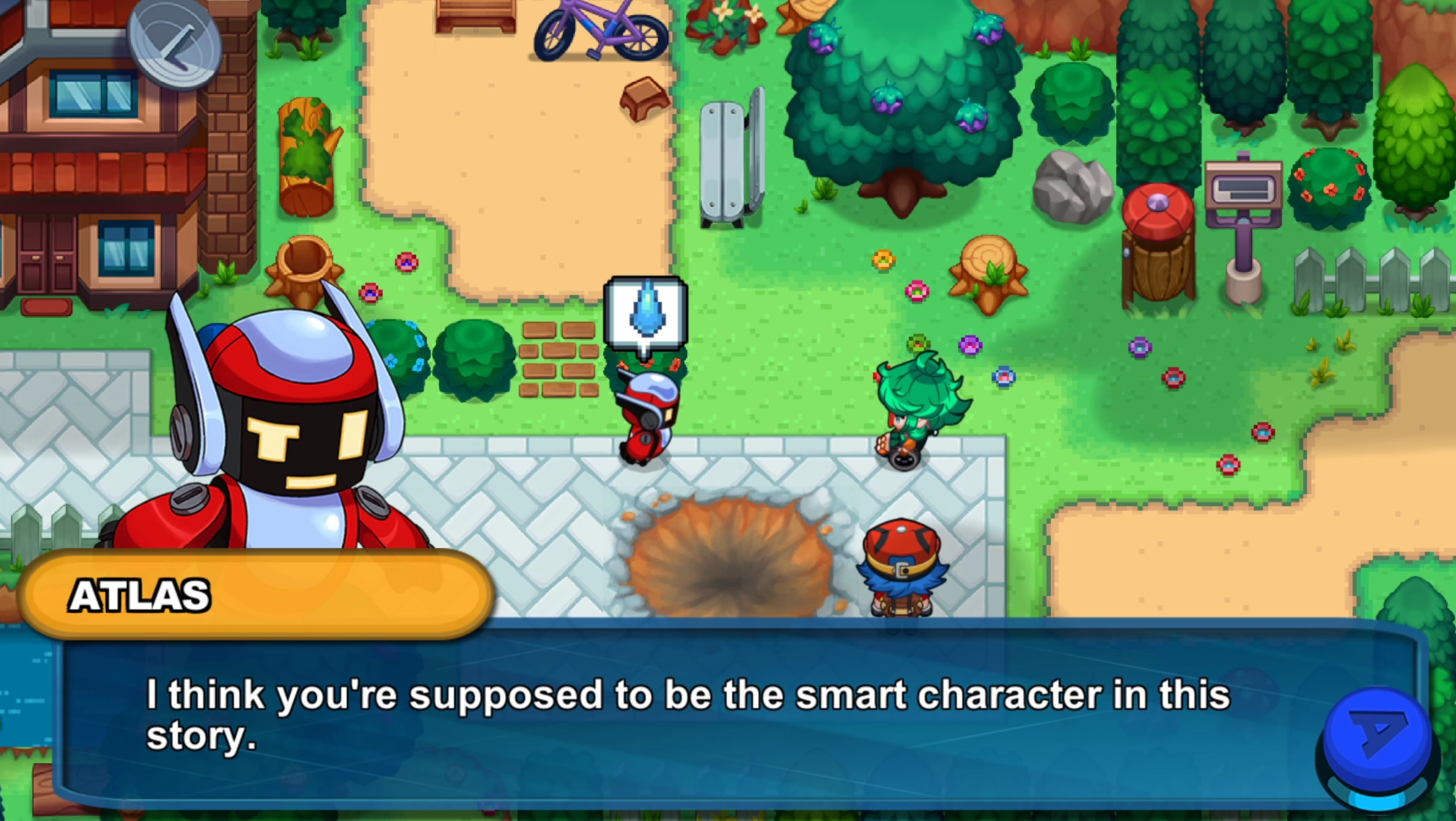
After an introduction that gave me emotions that I didn’t expect, I was introduced to the bright, colourful Nexoworld. Here I selected my appearance – boy or girl, was introduced to the support characters and got to pick my first monster. This was much more familiar territory but again, something was different… The visuals were absolutely stunning! Environments were crisp and vibrant, characters were bold and unique with a cartoonish charm and the monster designs were surprisingly well put together and distinct. As I moved from the city setting, through high mountains to deep underground environments, the design was a credit to the developers who obviously poured a lot of time making sure the game stood out visually.
Once the pleasantries were taken care of, Nexomon unfortunately started to show it’s cracks as it began to slip into similar tropes to other titles. Adventuring through the Nexoworld involves fighting and catching monsters and building a team of six. As the monsters fight, you can exploit different elemental strengths and weaknesses. When they’ve gained enough experience, they evolve into more powerful beings. Along the way, you find trainers who can be battled for experience and coins. If my team ever needed to recharge after a day’s battle, a trip to the NexoCentre would be in order to heal my team.
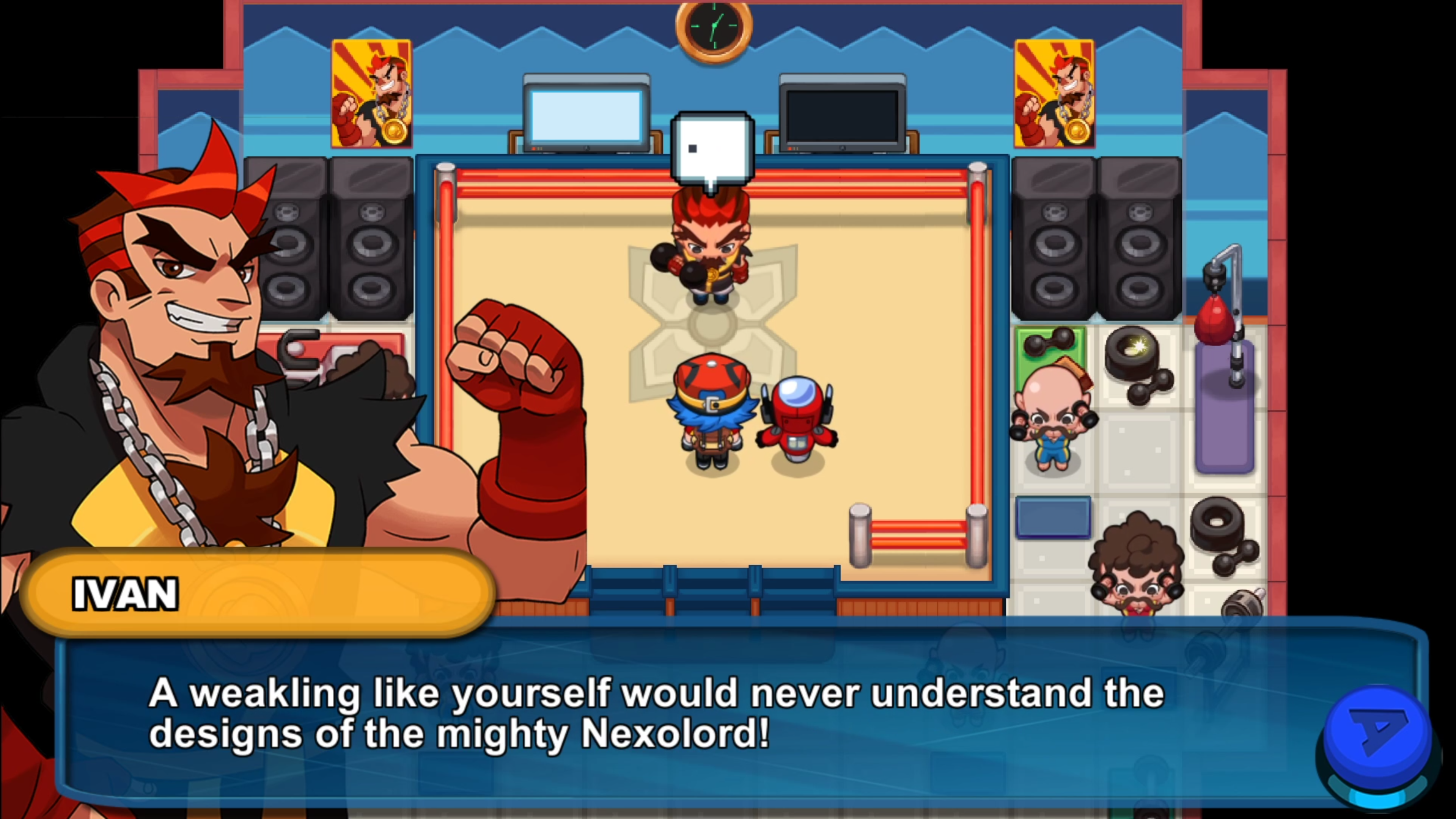
It’s very by-the-books and once I found the story objective, which usually consisted of speaking to a powerful trainer that you had to battle, more of the story was unlocked. This pattern was repeated until the game’s credits rolled. Granted, the first major boss is rather tongue-in-cheek, being the owner of a gym where people get buff, and other bosses are presented in different ways, but in essence I was sent from one point to another, then another, (etc.) until the end of the game. After such a strong introduction, it was disappointing to see Nexomon instantly slipped into a Pokéclone rhythm. The game could have benefited with a more open approach where you could travel to any town and find things to do, or having additional objectives, but ultimately I was told where to go and once I completed it, I was directed to the next location in the map.
Unfortunately, the lineartrack approach to Nexomon isn’t the only thing holding it back. The game’s key mechanic – catching monsters – is an unbalanced mess that left me staring at the screen in both anger and confusion. Much like the story, things start off in a familiar fashion; battle a monster and when its HP gets low enough, throw a Nexotrap at it and bag the critter. Except as far as I could tell, grabbing a monster was based on dumb luck more than anything else. Too many times I had a monster with little HP and I still ended up wasting fifteen traps. Even using status effects like sleep, didn’t seem to make a jot of difference. To test the theory further, I started chucking traps as soon as I walked into battle and instantly had more success.
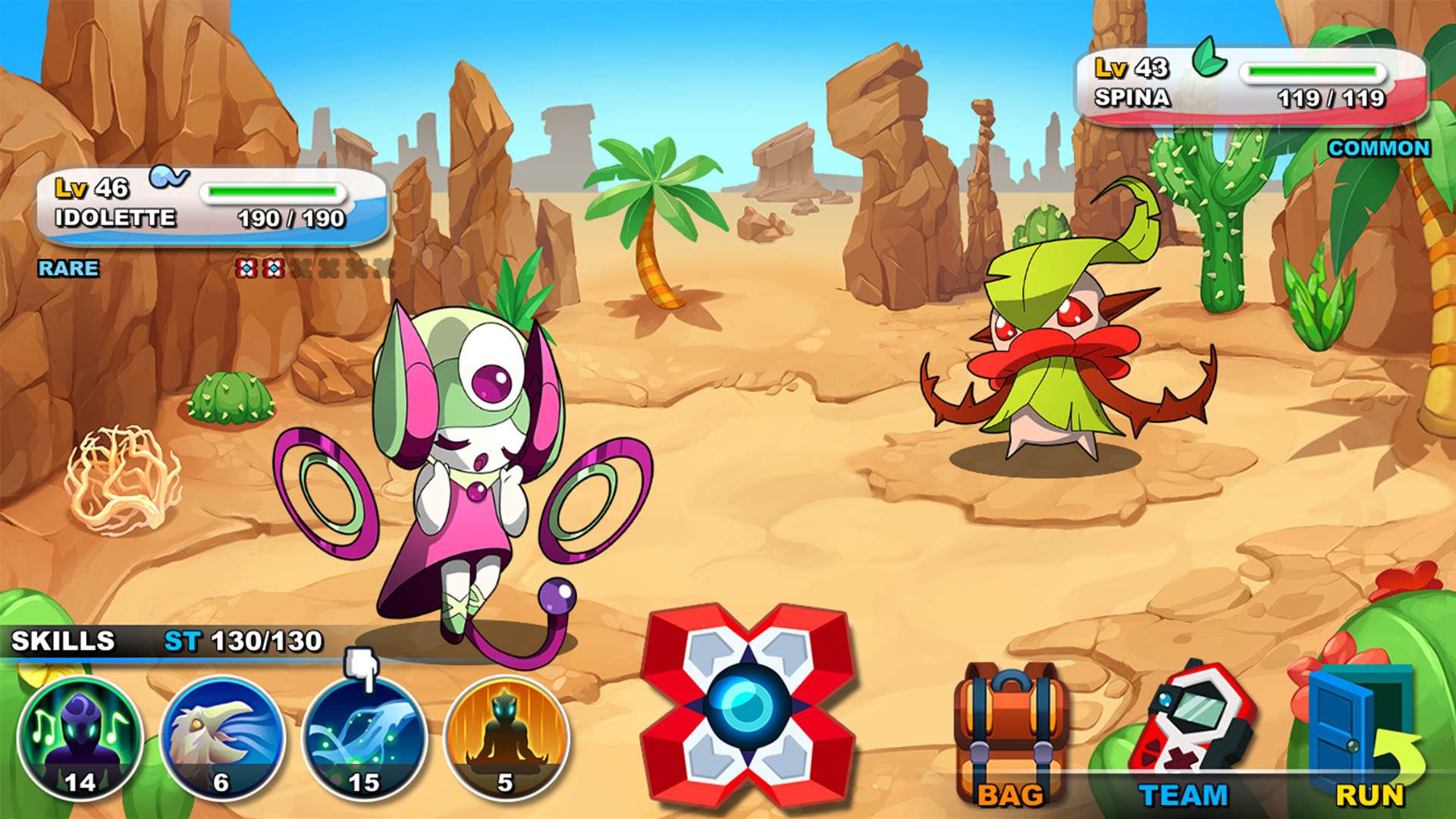
The hours of frustration trying to catch monsters, compounded by listening to the repetitive 30 second snippet that passes as battle music, doesn’t let up at all. All three hundred and ten monsters appear in one version of Nexomon, so if *ahem* catching them all is your primary aim, then you’ll have no choice but to grind, grind, and grind some more. Luckily the Nexopedia, which should have been called the NexoDex, provides information about if a monster evolves and at what level (there are no special stones to rub on your team), and while the post-main story content allows for a faster grind, for the completionists it will still take a while.
The lack of multiplayer in Nexomon feels like a double edged sword. On the one hand, I concentrated on my own experience and got through everything the game threw at me, but not being able to trade monsters, or battle against other real players felt like Nexomon was missing something. Perhaps that’s to do with the community Nintendo have built around their franchise but it ultimately felt like collecting all of the monsters was a fruitless endeavour, as I’d never be able to share or battle with them once the game was completed.
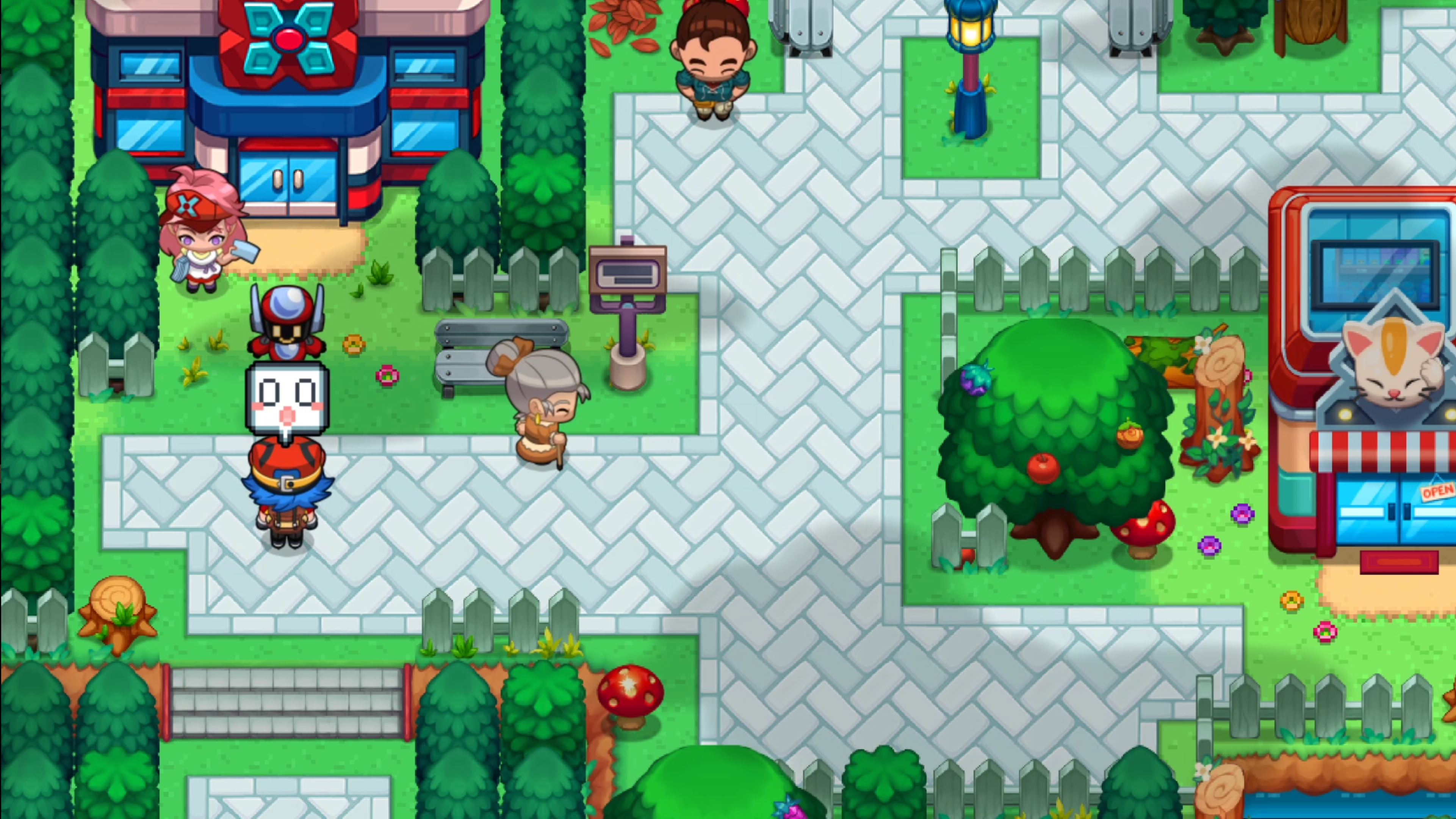
Nexomon isn’t a bad game by any stretch of the imagination, the story is surprisingly well thought out and the game does look rather impressive. Yes, the lack of trading and PvP battles removes a depth to Nexomon that other franchises are known for and it leaves a void in the experience. But, to its credit, all of the monsters can be caught without the aid of requiring two different versions (I’m looking at you Nintendo) of the game and the story really does engage in a way that other similar games don’t dare to tread.
Despite all of the shortcomings, Nexomon is a fun video game to play, especially factoring in the cost of the game. Even at it’s full price, there is a compact RPG that you can play and enjoy the visuals and story. There is a tough grind that feels like a slog early on, but this isn’t a game that offers more than 30 hours of gameplay, nor does it pretend to. The simplicity of the gameplay means that even after an extended break away from playing, which is probably caused by using the stock of twenty Nexotraps, you’re always able to pick up where you left off with relative ease.
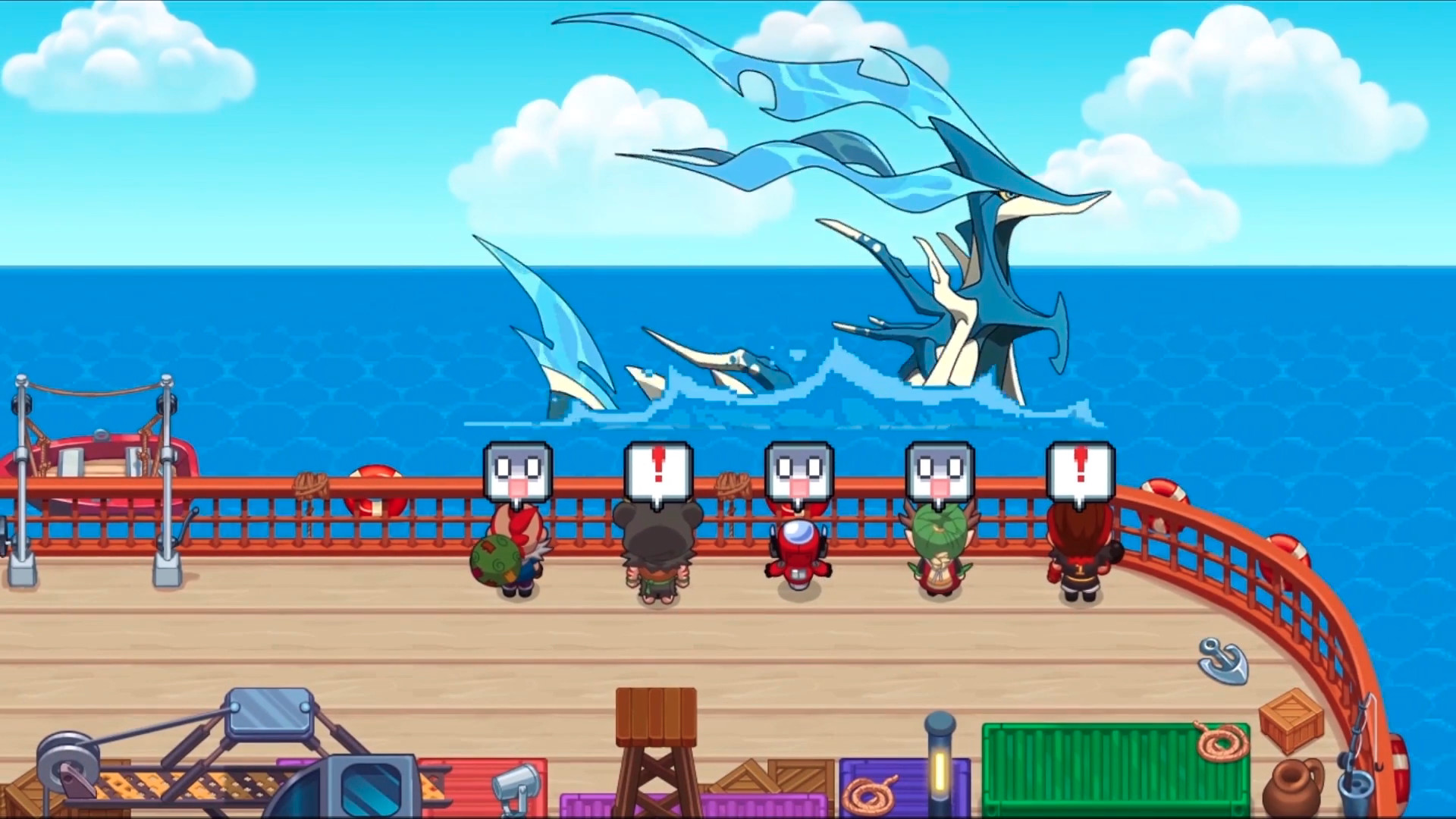
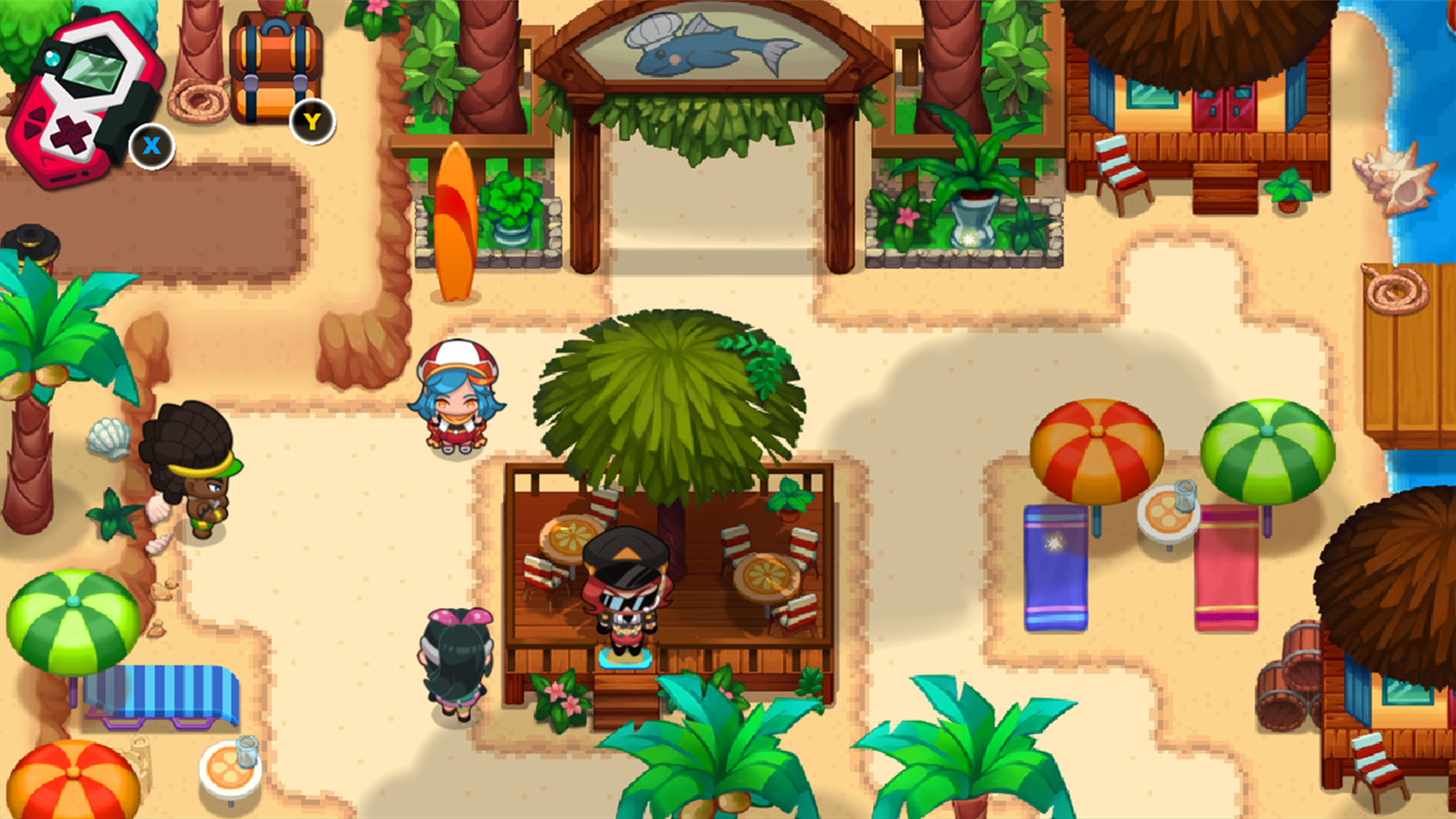
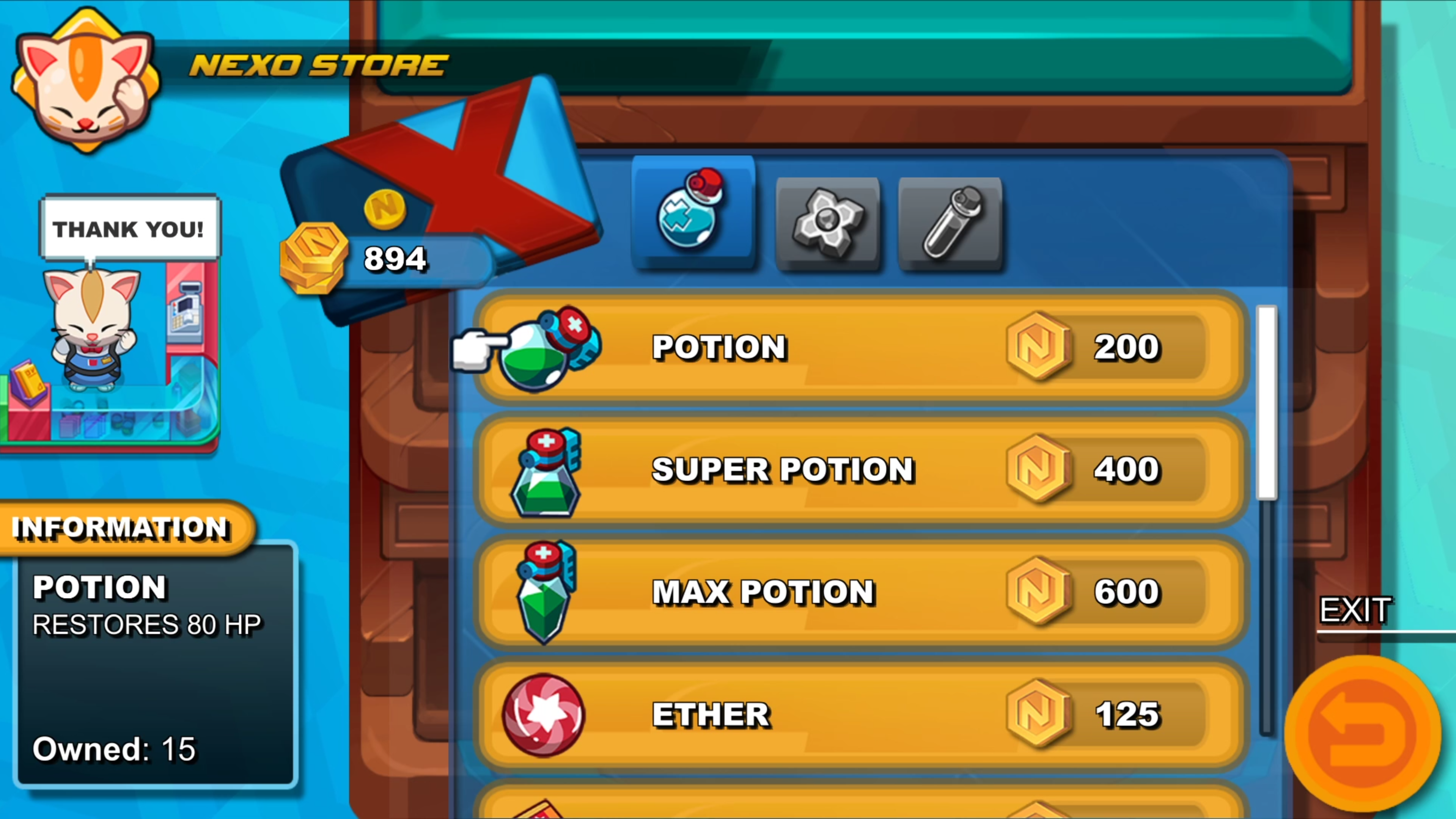




In the interest of full disclosure, the publisher provided VGamingNews with a copy of the game in order to conduct this review.
Neptunia ReVerse
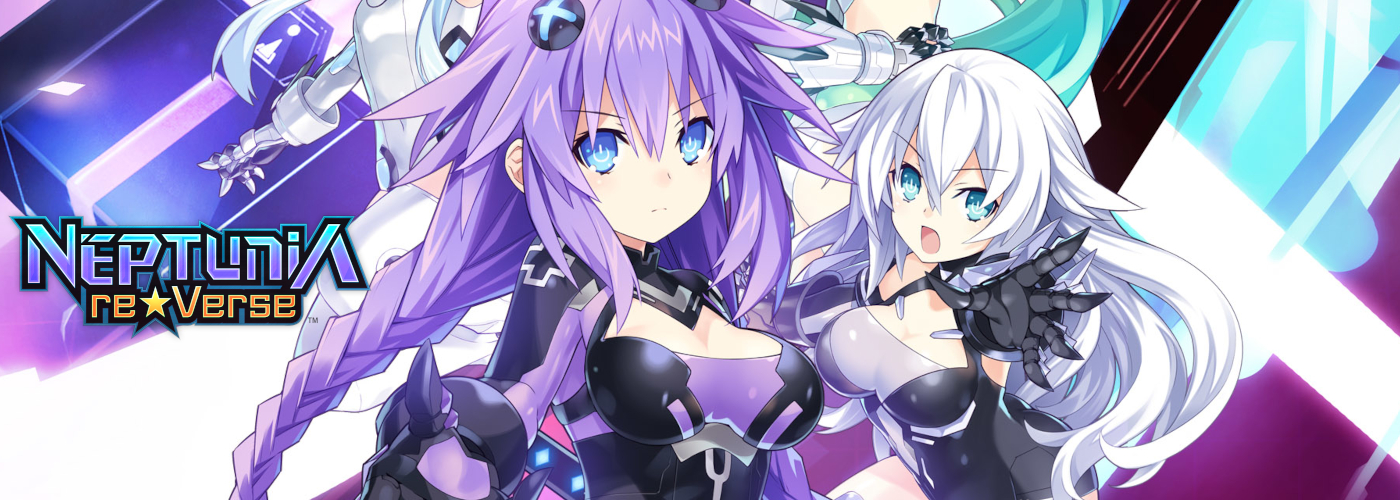

A few months ago when I reviewed Neptunia VIrtual Stars I nonchalantly mentioned that I had never heard of the franchise before but it was playable enough to pique my interest with the series. The publisher, Idea Factory, seemed to have enjoyed this comment maybe a little too much as before I knew it, Neptunia ReVerse was kindly offered for review.
At A Glance
| Scores | |
| Visuals | 6.5 /10 |
| Sound | 6 /10 |
| Gameplay | 7 /10 |
| Overall | 5 /10 |
| Positives | +Self aware and funny take on the console wars +Decent Action-RPG mechanics +Simple and easy going |
| Negatives | -Starting to show its age -Odd battle initialisation -Little control for early portions of the game |
| Price (When Reviewed) | £44.99 |
| Our Playtime | 30 hours |
| Available On | PS5 |
Neptunia ReVerse has a beautifully complicated path to existence but in essence it’s a PlayStation 5 remake of Hyperdimension Neptunia Re;Birth 1, a PlayStation Vita title that was released in 2013, which is a remake of the original Hyperdimension Neptunia for the PS3. While this might sound muddled, and that’s without me even dipping into the PS4 port, I will say that Neptunia ReVerse is a retelling of the first game in the series, with a decade of experience that developers Idea Factory & Compile Heart have built into the game. But more importantly – the perfect jumping-on point for anyone who has an interest in a dungeon crawling RPG full of humour and charm.
The premise of Neptunia ReVerse is much easier to get to grips with than the game’s history. Purple Heart has been battling the three other Goddesses of Gamindustri, a world that heavily riffs on the Wii, PS3 and Xbox 360 era of video games, in what has become known as the Console Wars. She’s defeated and falls to the ground in her normal form – Neptune. When she regains consciousness, she’s forgotten everything and sets off to recover her memories in, as the game itself puts it, the typical “protagonist has amnesia” storyline. What unfolds is a quest full of humour and pure randomness, not often seen in a video game. Throughout her quest to recover her memory, Nep seems to worry about eating as much pudding as she can possibly muster, and the small task of ending the Console Wars once and for all. That’s not an exaggeration either – at more points than I care to remember, Neptunia ReVerse focuses more on Nep’s obsession with tasty desserts than the main plot of the game.
Neptunia ReVerse is an RPG that plays out in front of you like a visual novel. You have control over the party when exploring dungeons, but the bulk of this game is told through a story using on screen animations rather than exploring the world freely. Towns are represented by menus, so you are simply limited to walking around when in one of the game’s dungeons. This might seem like a lot of faff to begin with, as there is a lot of story to tell and with characters being introduced at pace, but as things settles down, more freedom is given to move around the map and there’s still a lot of game to be explored in an experience that will last upwards of 30 hours.
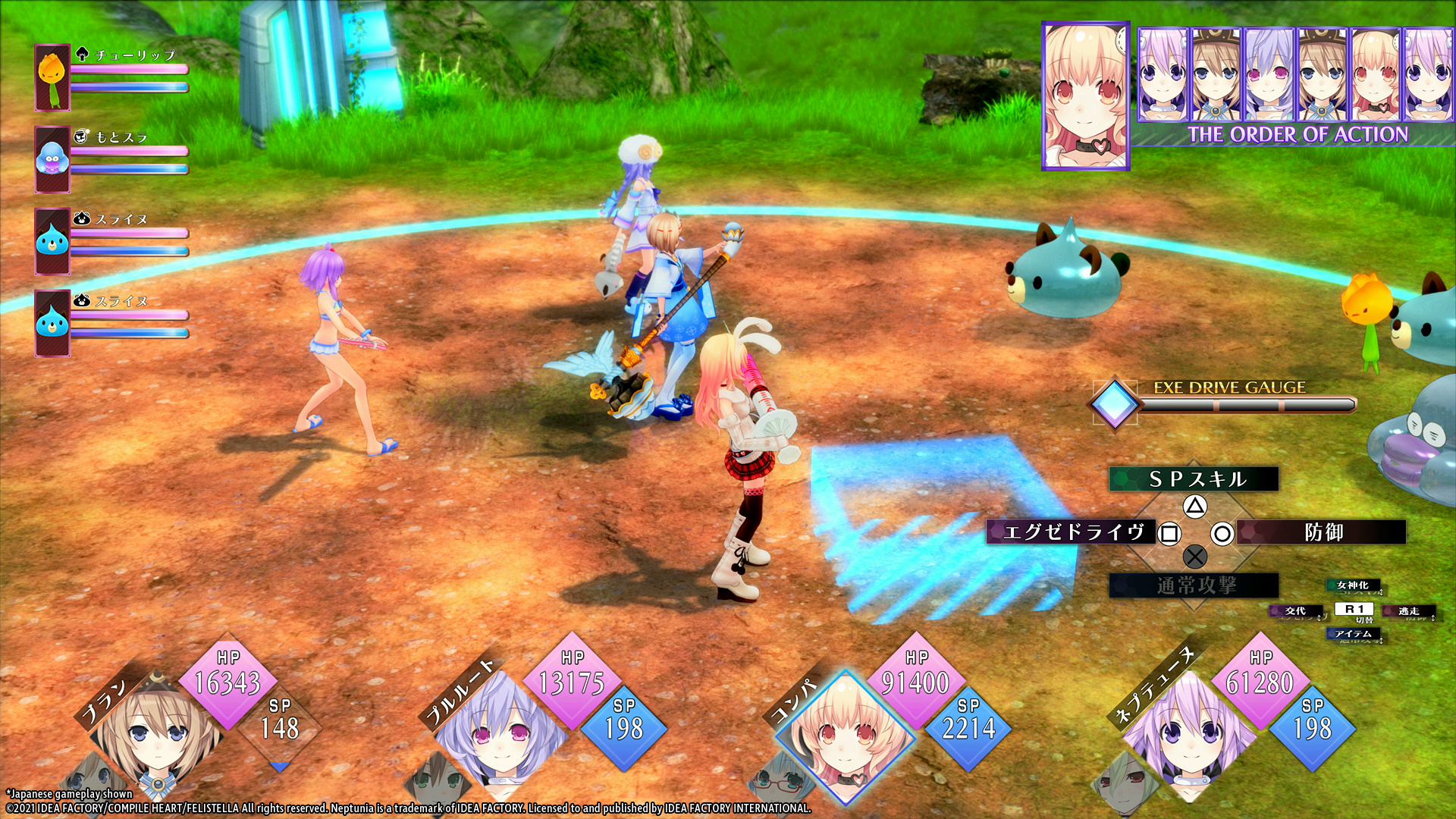
With there being so much horsepower in the PlayStation 5 and a somewhat static game, you’d expect the visuals to be top notch… Right? Well, for the most part they are – the characters appear crisp, clear and suitably high definition, and while the static backgrounds are clean enough, they look as if they’ve been revamped rather than remade and are starting to look a little aged. Unfortunately this continues into the exploratory portions of the game too. Areas appear flat and bland as you navigate them and feel almost like they have been ripped straight from the Vita version and simply blown up to 4K. It’s a little disjointed and feels like Final Fantasy VII, with a blocky Cloud Strife running around a pre-rendered background – that was fine on the PS1 in 1997, but a little odd in 2021 on the PS5.
The look of Neptunia ReVerse might present a mixed bag, but once you’re out of the many, many menus, the gameplay is remarkably simple and fun. As per typical RPG rules, a team of four characters make their way through a dungeon, and when they encounter an enemy, take it in turns to bash them until they grind out the win. It’s the standard turn-based setup but Neptunia ReVerse mixes the traditional with action-RPG elements. During their turn Neptune and her team can be moved around the battlefield and, depending on what weapon is equipped, will determine their attack range; spears are useful for tackling enemies side by side, while magic wielding Goddesses can launch a barrage of fireballs from further away. Once each Goddess has leveled up to a certain point they can unlock their ‘CPU form’ to access more powerful attacks and take on those pesky dungeon bosses – these forms are akin to the Power Rangers but the clothes are less armour and more fan-service.
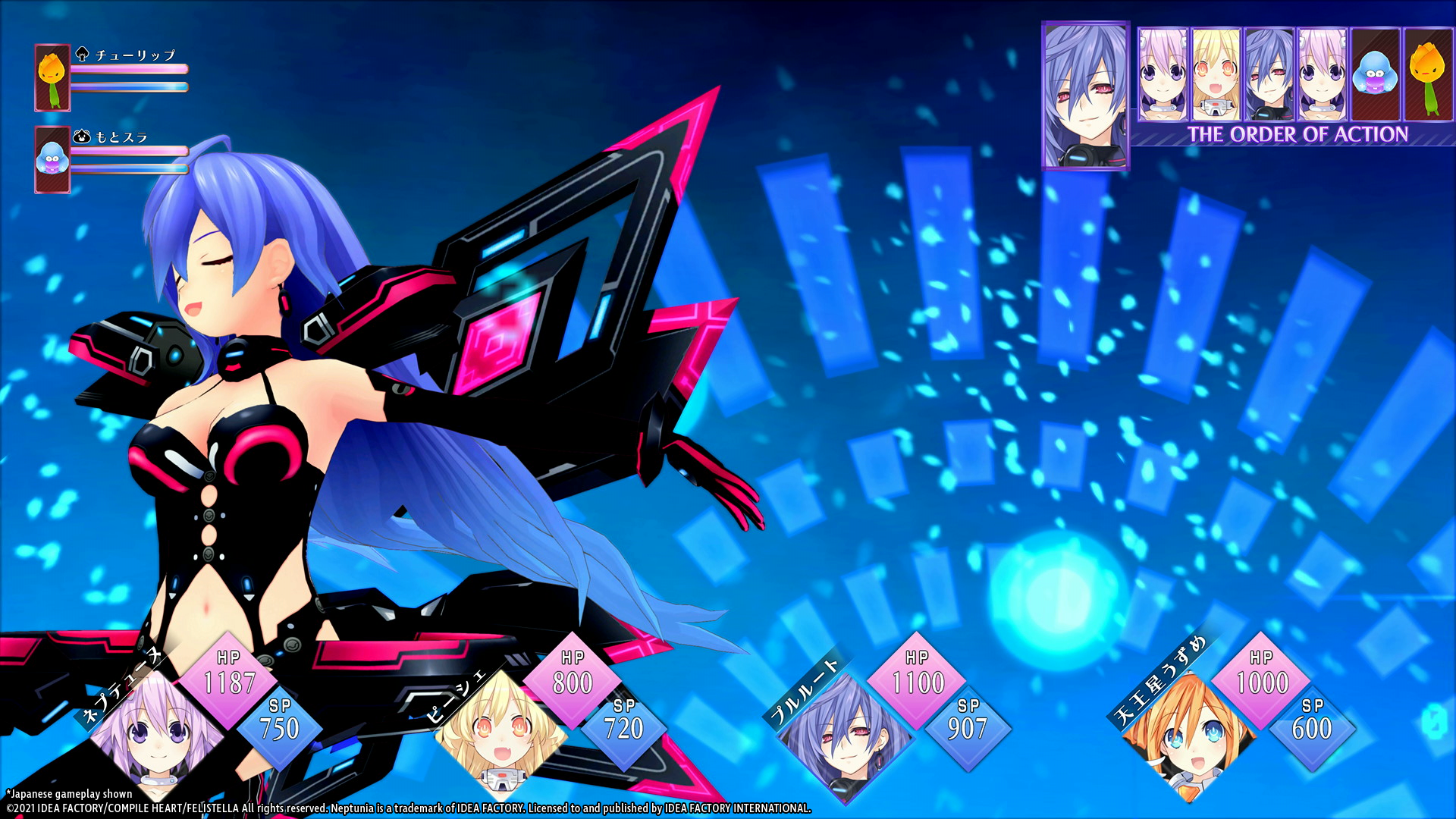
Neptunia ReVerse runs as smoothly as the gameplay too, with minimal load times and an almost instantaneous load into new areas. Although, it’s a little too quick in some places – namely the battles. As you walk into an enemy, the camera zooms in and you’re shown the battlefield (exactly how older Final Fantasy titles initiated their battles), and I imagine the PS3 & Vita versions needed the one or two second delay to access the information. The trouble is that the PS5 manages it in milliseconds, which results in a rough cut from one scene to another with no gradual transition from one to the other- it’s like looking at a picture of an ocean for it to suddenly change into a forest without explanation. It feels odd criticising load times for being too short but having a longer fade into battle, or simply having more enemies on screen at once, would feel more natural in an age where load times are negligible.
If you happen to have played any of the older versions of Neptunia ReVerse, there are a few new elements to help draw you back for another playthrough. A new fishing minigame has been added to the proceedings which is fine; it’s an optional minigame that unlocks extra items or helps out in grinding those levels with the occasional monster encounter. The fishing is OK and while it does make use of the adaptive triggers on the Dualsense, its not really breaking any ground. On the other hand, there is a new feature, ‘Arrange Mode’. Arrange Mode mixes up the gameplay by unlocking every playable character from the outset, which slightly breaks the story in exchange for adding an additional layer of challenge to the game by mixing up the items found in dungeons and offering an increased difficulty of enemies, which massively leaps over the default setting. Triggering harder enemies early on in the game felt like going from Yoshi’s Island straight to Dark Souls with no pitstop along the way, and definitely provides a challenge to an otherwise easygoing RPG.
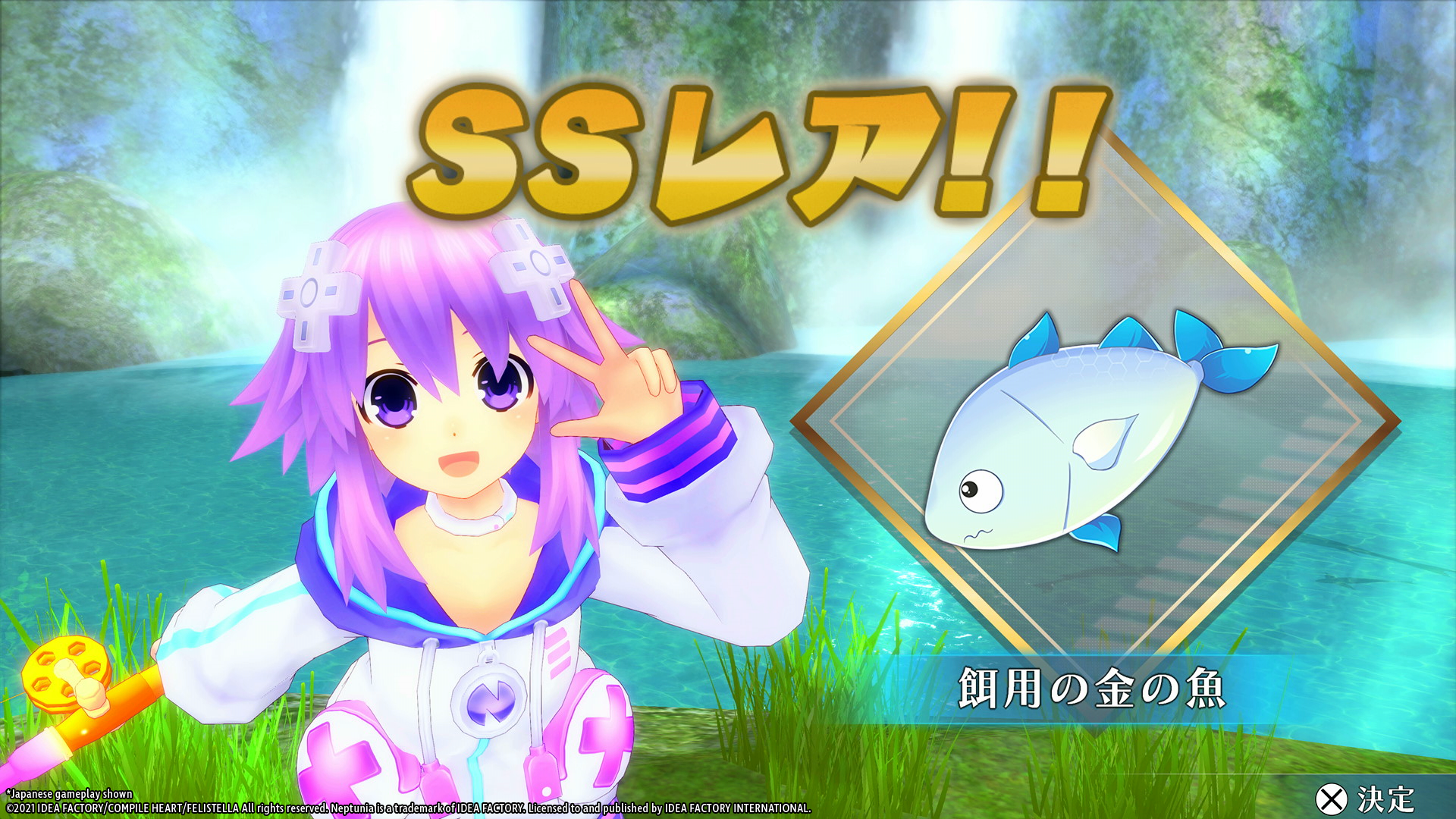
Much like how THQ Nordic trots out Darksiders for every console iteration, Neptunia ReVerse feels more of a test of how the PS5 hardware works for Idea Factory & Compile Heart rather than providing players with a new experience, and after ten years the game is starting to show its age. References to the bygone era of PS3 & Wii, cut scenes being given a spit and polish rather than recreated, and the issues with a sub-one second load between battles just gives the impression this is an aging port and not a modern day enhancement. The game is very self aware and the core game is still pretty fun to play albeit with repetitive sections and a little bit of a grind to cope with. Arrange Mode offers up a challenge and remixes the dungeons and items found within but overall Neptunia ReVerse suffers from typical “first game in the series-itis”; there’s a lot of good building blocks which have since been fleshed out and better implemented in the newer titles. I think that’s the danger with ports of games – a decade old video game presented as something new is still a decade old video game at heart, and even after only playing the newer Virtual Stars earlier in the year, I can see how far the series has come, and unless this is your absolute first experience with the series or you want a nostalgic trip down memory lane without having to dig out your Vita, then this probably isn’t one for you.

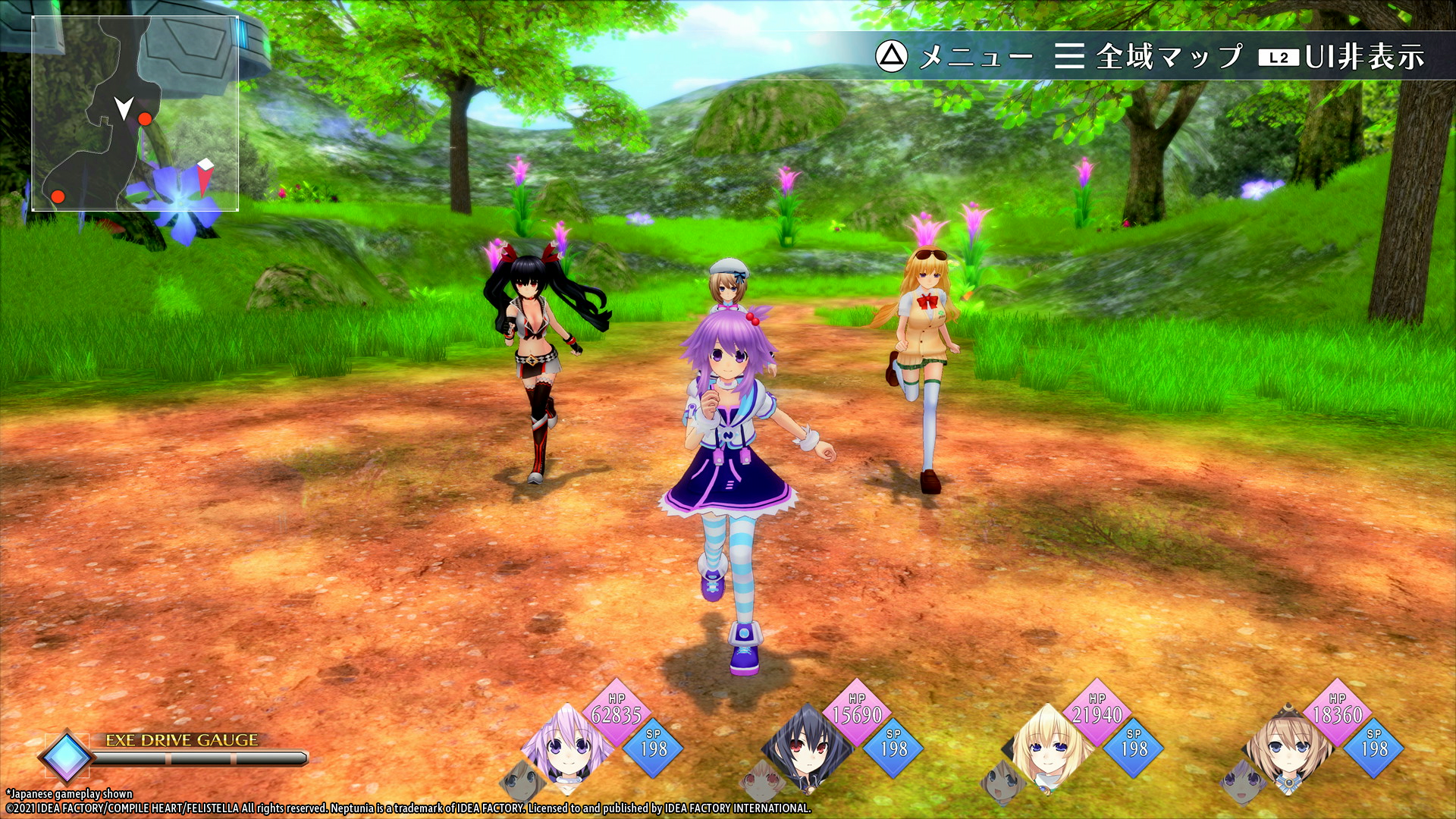

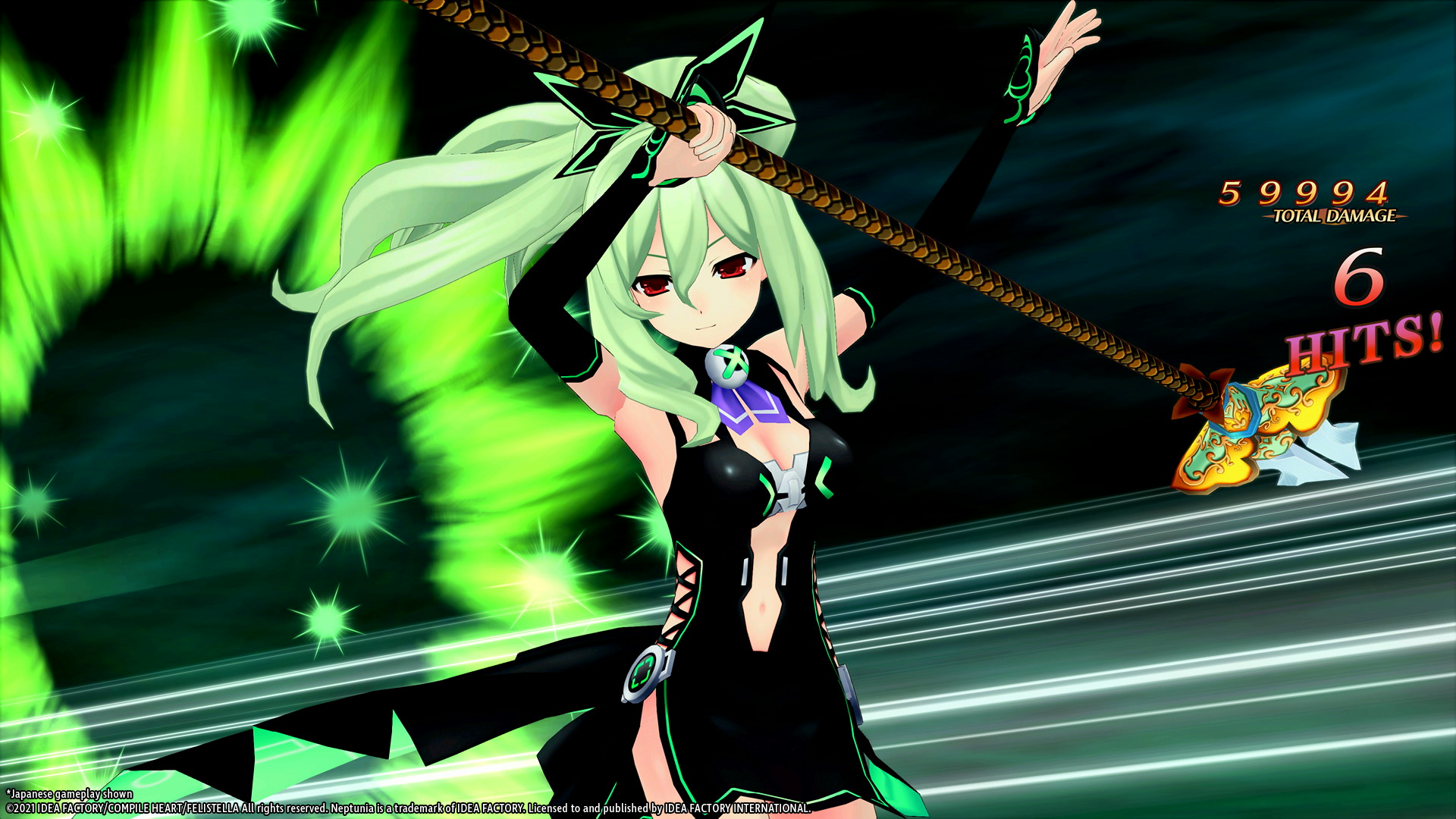
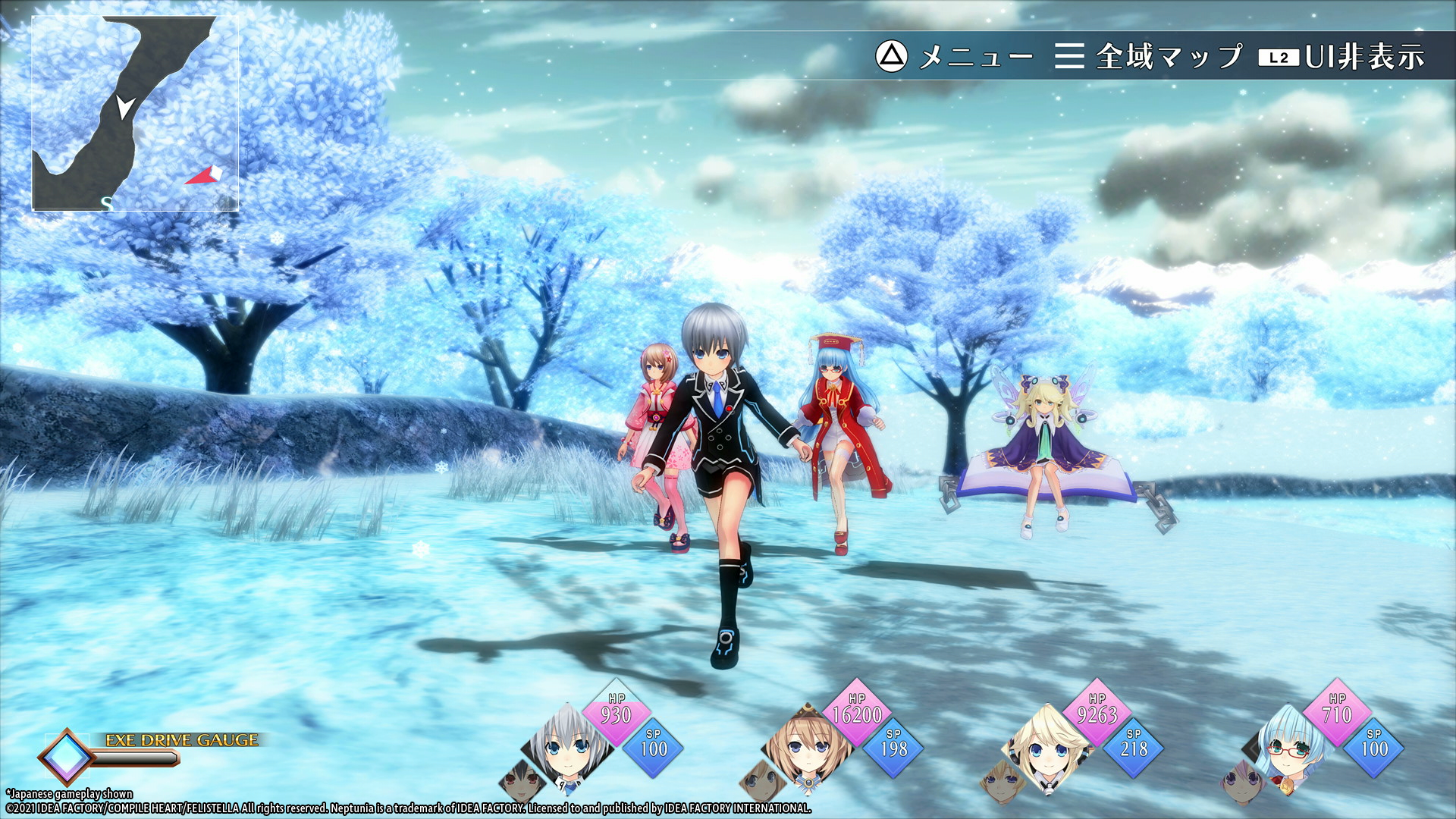


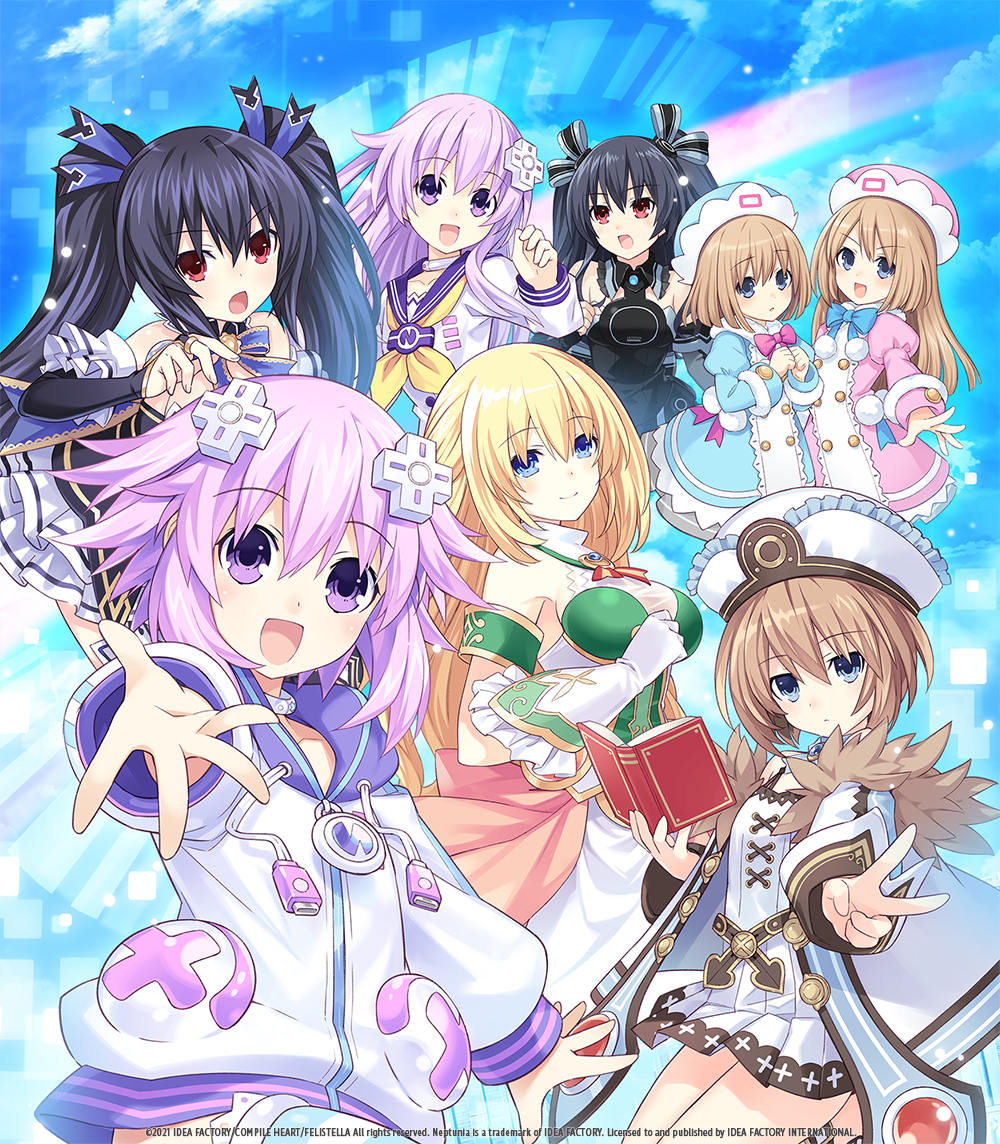
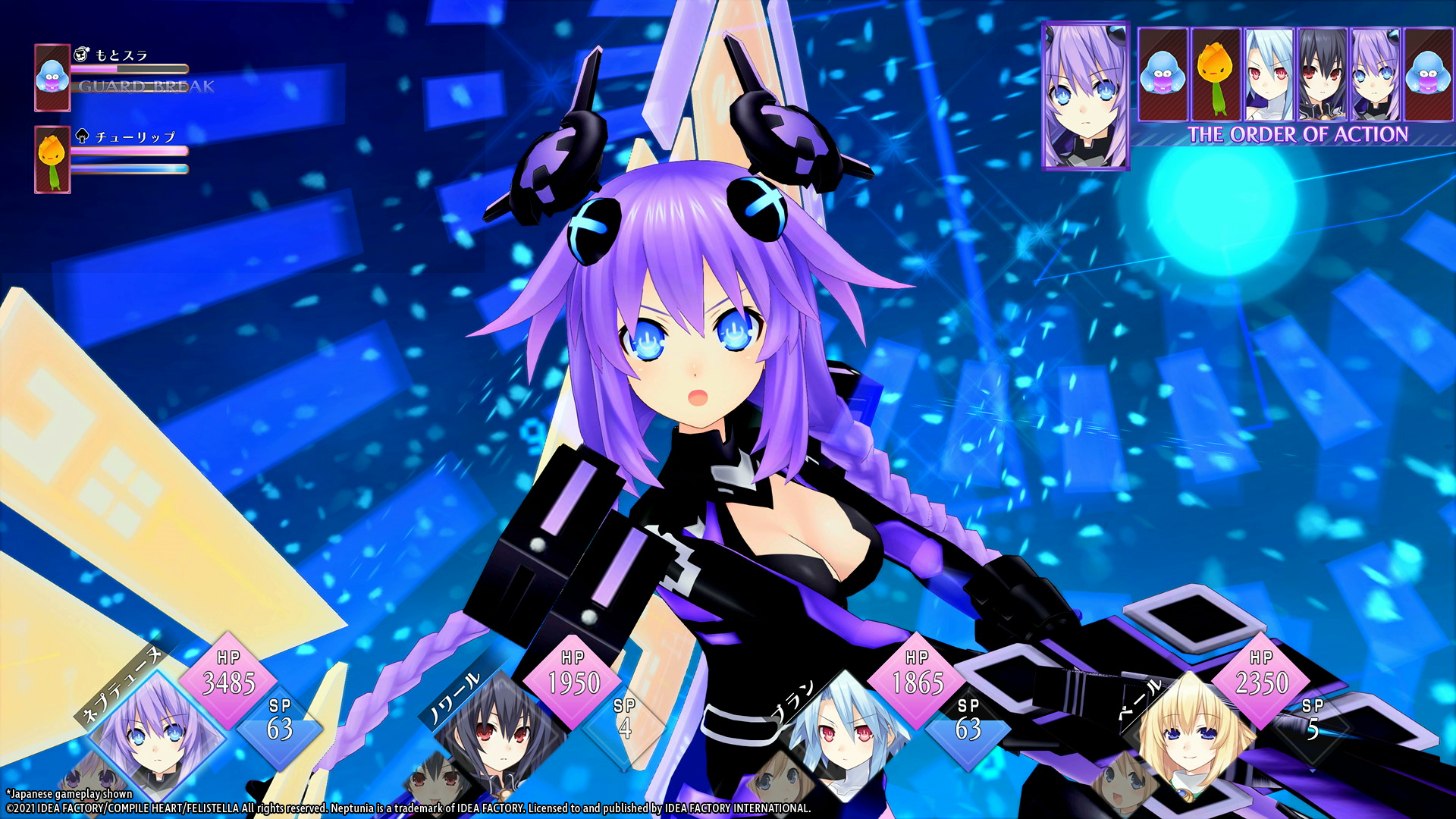
In the interest of full disclosure, the publisher provided VGamingNews with a copy of the game in order to conduct this review.
Cris Tales
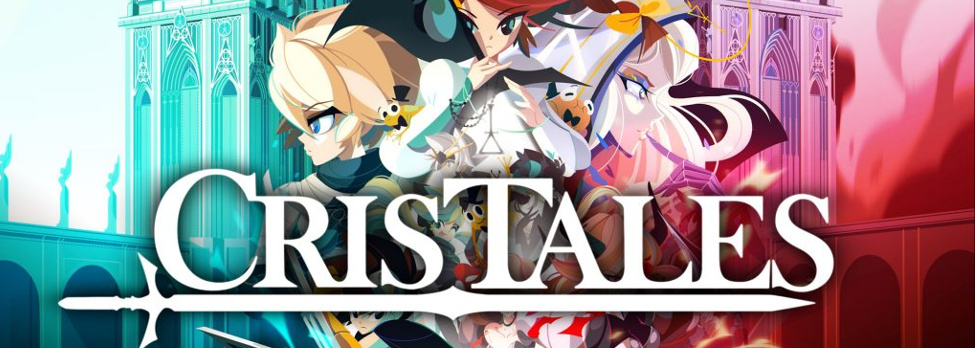
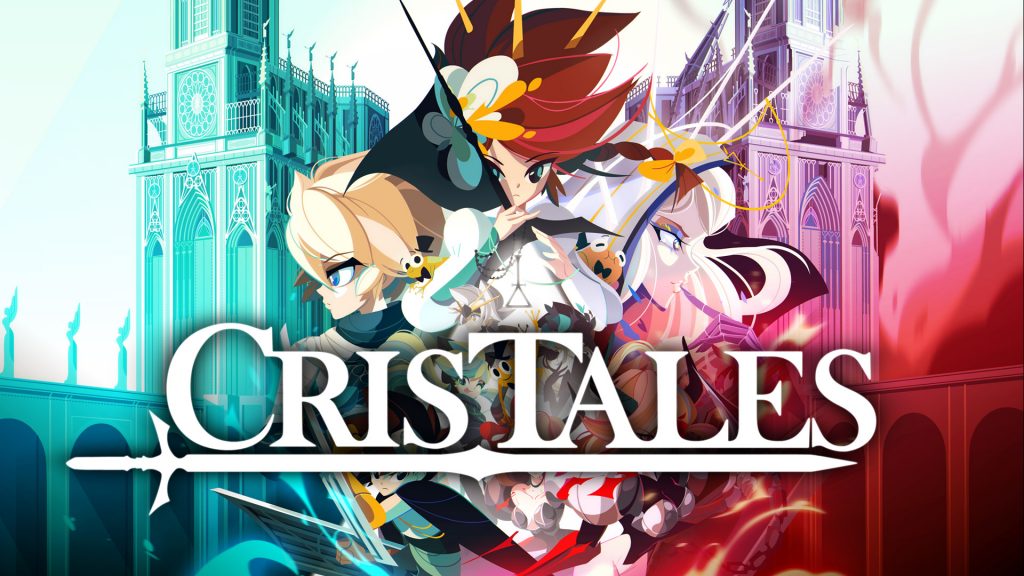
Cris Tales, a tribute to classic JRPGs from Columbian developer Dreams Uncorporated, is a game that I find myself wanting to like more than I do. Instead I’m left somewhat unsure of who the game is for. The nostalgia factor seems designed to attract those raised on the early Final Fantasy games of the late 90s, yet the gameplay and story seem a little too simplistic to keep their attention. On the other hand it also seems a little too challenging and obscure in some genre-staple, yet now quite dated, mechanics to be an easy entry point for younger players.
At A Glance
| Scores | |
| Visuals | 8/10 |
| Sound | 7/10 |
| Gameplay | 5/10 |
| Overall | 6/10 |
| Positives | + Great visual design |
| + Intriguing Time Manipulation mechanics | |
| + Interaction between skills once game opens up | |
| Negatives | – Some poorly implemented mechanics |
| – Uneven difficulty | |
| – Weak/slow opening | |
| Launch Price | £34.99 |
| Our Playtime | 21 hours |
| Available On | PS4, PS5, Nintendo Switch, PC, Xbox One, Xbox Series X/S, Stadia |
In the game you play as Crisbell, a young orphan who becomes a time mage and embarks on a quest to save their home from a frightening vision of the future. The first character you meet who joins your party is Cristopher, while your time-manipulation powers use a time crystal, all set in the kingdom of Crystallis… and that’s when I realised the name of the game was a terrible pun. Fortunately other characters who do not have a Cris-something name are quickly introduced.
The game opens with an in media res action sequence before a flashback takes you to the “proper” start. I’m not sure this technique works (either here or in the many, many other games which employ it) as all it shows is the slightly clunky combat system devoid of either context or the time-manipulation powers that are the game’s main USP. After the flash-forward ends, the game opens with Crisbell living in an orphanage in the city of Narim. A cheeky orange frog in a top-hat steals a flower from the garden, which is fairly unique as inciting incidents go, kickstarting the quest.
The art style for the game is quite striking, resembling a children’s story book brought to life as a pop-up diorama. It’s very crisp and I think would be well-suited to handheld displays, but also works just fine on a big TV. While playing it on PS5 I felt frequently that it would be a perfect fit for the Switch, however I have seen reports of very long loading times stymying that; an issue that also (reportedly) exists on other consoles. I experienced no such issues on the PS5, but I wouldn’t expect a game like this to be taxing enough to demand a next generation console – while striking, the visuals and effects are simple and the environments quite small.
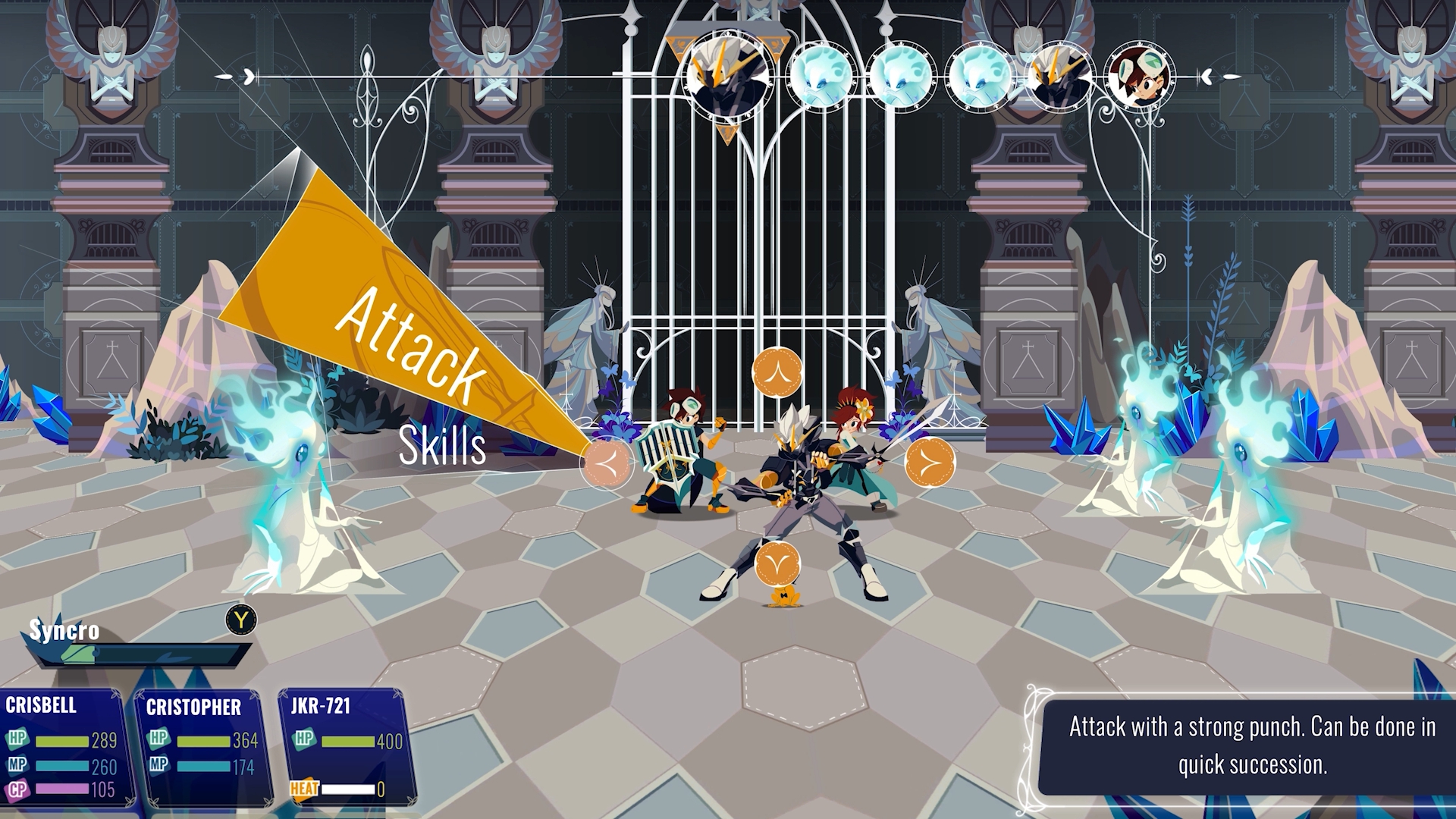
The two main ideas that set this game apart from other turn-based RPGs are the time-manipulation and the active parry/double hit. Starting with the latter, I found this to be frustratingly implemented. The idea is that you hit X at the same time as an attack connects to either block some incoming damage or get a second hit while attacking. As a concept, this is fine – something to add a little real-time interaction and skill to the otherwise static numbers game – but in practice it is very poorly telegraphed as to when you need to act. Some attack animations will see enemy characters rush towards you and strike, while others will simply do a flourish where they stand – both of these being physical, melee attacks – and in some cases these two different types being done by the same enemy. Damage and enemy health seem balanced upon you succeeding at this every time, so failure to pull it off is punishing while succeeding feels like doing just what is expected, thus providing none of the extra satisfaction of a skill-driven critical hit. Some additional feedback on the prompts could really make this click, I think, and given that all of the consoles it is releasing on have some kind of feedback built into the controllers it feels like an oversight that this wasn’t implemented.
The time-manipulation idea is much more successful. Outside of combat it presents as a kind of filter on your view – a central triangle shows the present, while the left side of the screen shows the past and the right side the future. I spent a lot of time wandering the hub towns checking out how buildings and characters changed from one period to another – for the NPCs especially, it is used very cleverly as shorthand for character building, where dialogue is kept quite short. The only real downside to this is that I found myself wishing I could move the view around a little to get a better look at all of the little differences (which you can sort of do thanks to your frog sidekick, though that is fiddly and limited) and the great work the artists have put into the environments. There are some puzzles to solve using this feature, though nothing especially taxing, and most serve to deliver world-building and character development rather than give your brain a good workout.
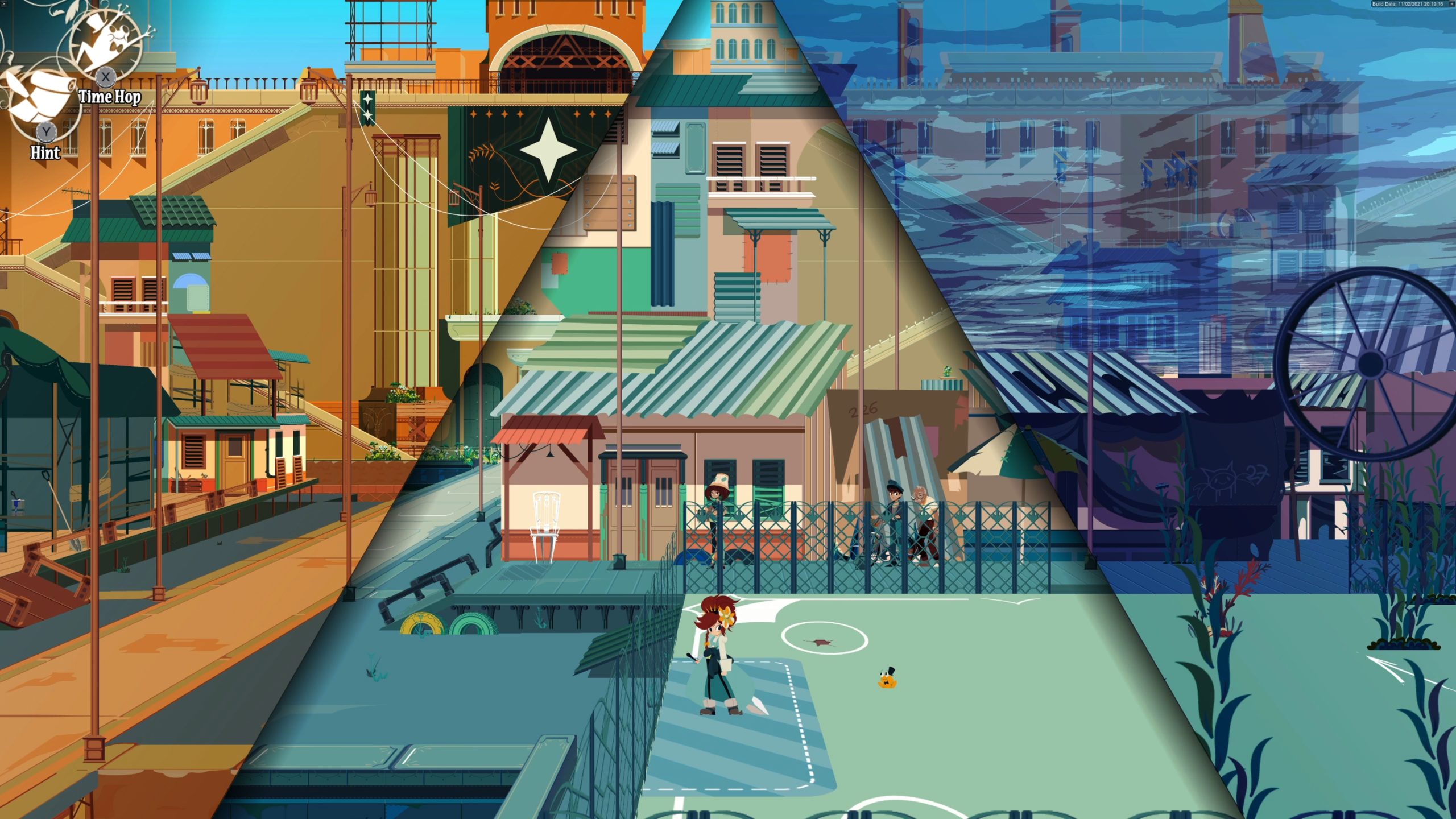
In combat the time powers are both more interesting and yet also more limited. Crisbell can send enemies forwards or backwards in time, in effect aging them up or down. Sometimes this can give unexpected results – sending a goblin forwards turns it into an old and weary version of itself, while a wolf becomes a far more terrifying beast. These combine with the other skills and abilities of your companions, so throwing water on a metal enemy and sending them forwards gets them rusty, hitting them with poison and sending them forwards causes all the poison damage to hit at once, etc. Where this power is limited is that you only send enemies on the left of the screen back in time, and the right of the screen forwards. It feels artificially limiting, with the game breaking the fourth wall of its own 2D art style.
As an aside, the world itself is refreshingly different from the standard anime fantasy or medieval European trappings of the genre. While goblins and wolves are typical early game enemies, their presentation is far from the expectations those names might suggest. The world building in general is nicely understated, without any lengthy exposition and instead relying on the visuals to provide the sense of place.
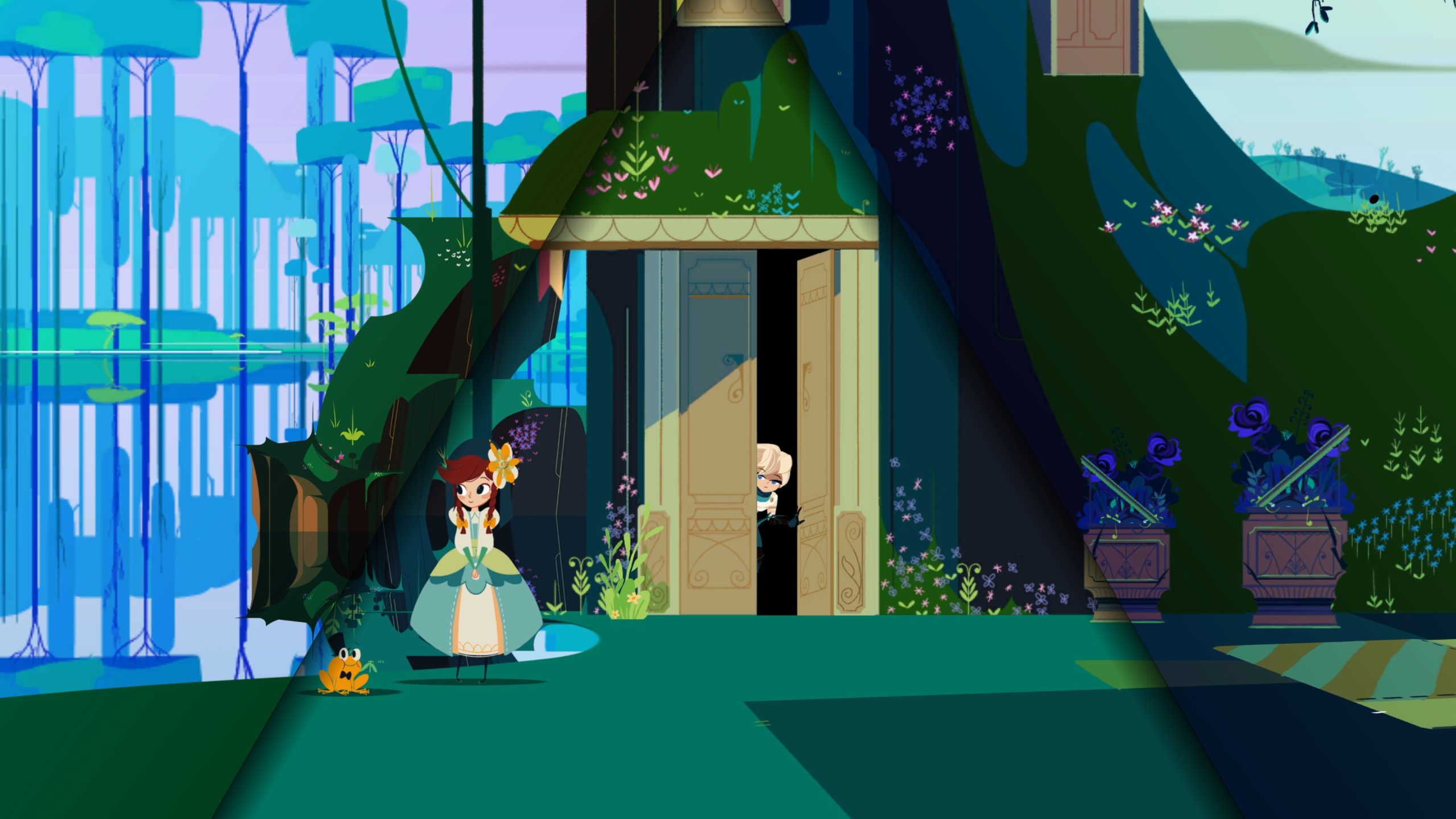
To sum up, Cris Tales is a game with a lot of charm and good ideas that doesn’t quite deliver on its ambition. Some mechanics seem a little undercooked and the nostalgia for older RPGs will likely be lost on the younger players who seem, from the story and presentation, to be the game’s target audience. It could be a good fit for a casual game to play on the go on the Switch, though I’d suggest investigating the issues with loading times further before fully recommending that, or perhaps for parents looking for something to play with a child who they’re hoping to later introduce some of the meatier titles from the genre.
In the interest of full disclosure, the publisher provided VGamingNews with a copy of the game in order to conduct this review.
The Falconeer Warrior Edition

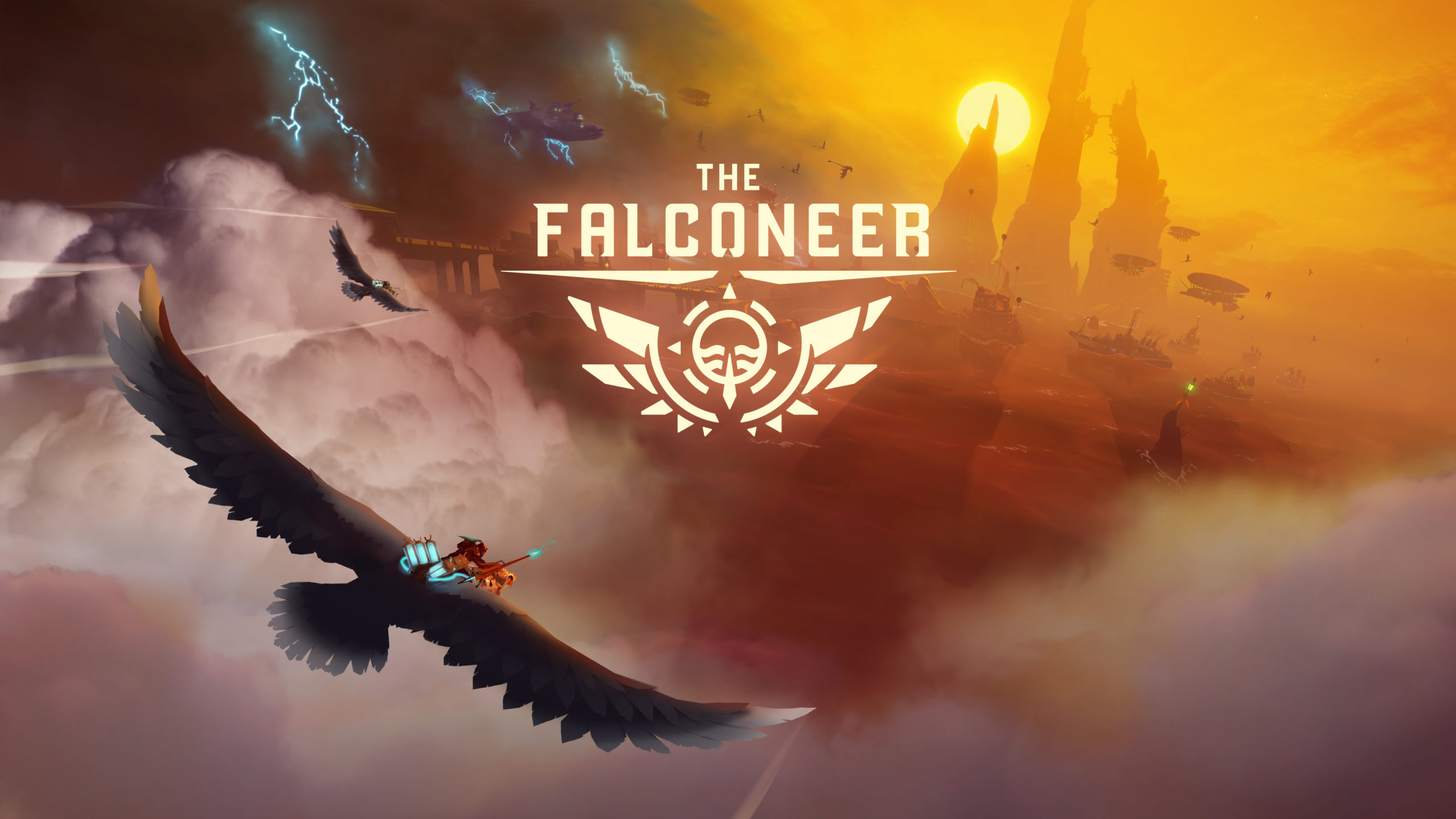
The Falconeer originally launched on Xbox Series X|S & PC in November; published by Wired Productions and developed by Tomas Sala, the game is an aerial shooter in the same vein as Panzer Dragoon and Star Fox, where riding a giant bird with a laser attached to their back is the order of the day. And instead of being on rails, the bird has been unleashed to explore a fully open world known as Ursee. The Warrior Edition comes with all current DLC and the new content, The Edge of the World baked into the game; we’re not about that spoiler life so we won’t be going into the finer details of the DLC story in this review. The oceanic world presented is full of mysteries and secrets to unlock, as well as action-packed battles against pirates who have taken to the skies as well as the seas to destroy anything that, well, isn’t a pirate. Throughout the game’s four chapters numerous clans are encountered; each similar to the last, their only desire is simply to survive against ruthless regimes and privateers, and as the titular Falconeer, your services are often called upon to help trade relations, explore new vistas or escort and protect salvage operations in an effort to create a world of peace.
At A Glance
| Scores | |
| Visuals | 8 /10 |
| Sound | 5 /10 |
| Gameplay | 7 /10 |
| Overall | 8/10 |
| Positives | + Huge world full of secrets to find |
| + Casual approach to the story | |
| + Graphically stunning | |
| Negatives | – Combat is finickity |
| – Story is too back and forth | |
| – A little grindy in places | |
| Launch Price | £24.99 |
| Our Playtime | 18 hours |
| Available On | PS5, Xbox Series X|S, Nintendo Switch, PC, Xbox One, PS4 |
For the first ten hours of The Falconeer, I accomplished barely any of the main story; perhaps a couple of missions in the first chapter, but nothing more. Instead, I decided to explore the world that the one man developer, Tomas Sala, had created. This is a video game that begs to be explored from the get go and the moment the cross button is pushed to start the adventure, is when The Falconeer: Warrior edition encourages exploration.
Starting with the main story, these are presented as missions and are found on your ‘Home perch’, an area that is in essence your base of operations, and changes with each chapter as you travel the world. Each step in the story is conducted in bite sized missions, perfectly balanced in a way that provides a challenge, especially in later levels, but not so bad that if you failed a mission, twenty minutes of progression wasn’t lost because there are no mid-mission checkpoints. It is a simple set up and the annoying downside to have a base of operations is that this creates a lot of back and forth, as the person dishing out the orders tells you head to point A, then point B, then back to base, which, coupled with the limited pool of mission-types that the game throws out, could easily have led to The Falconeer becoming a little repetitive in nature.
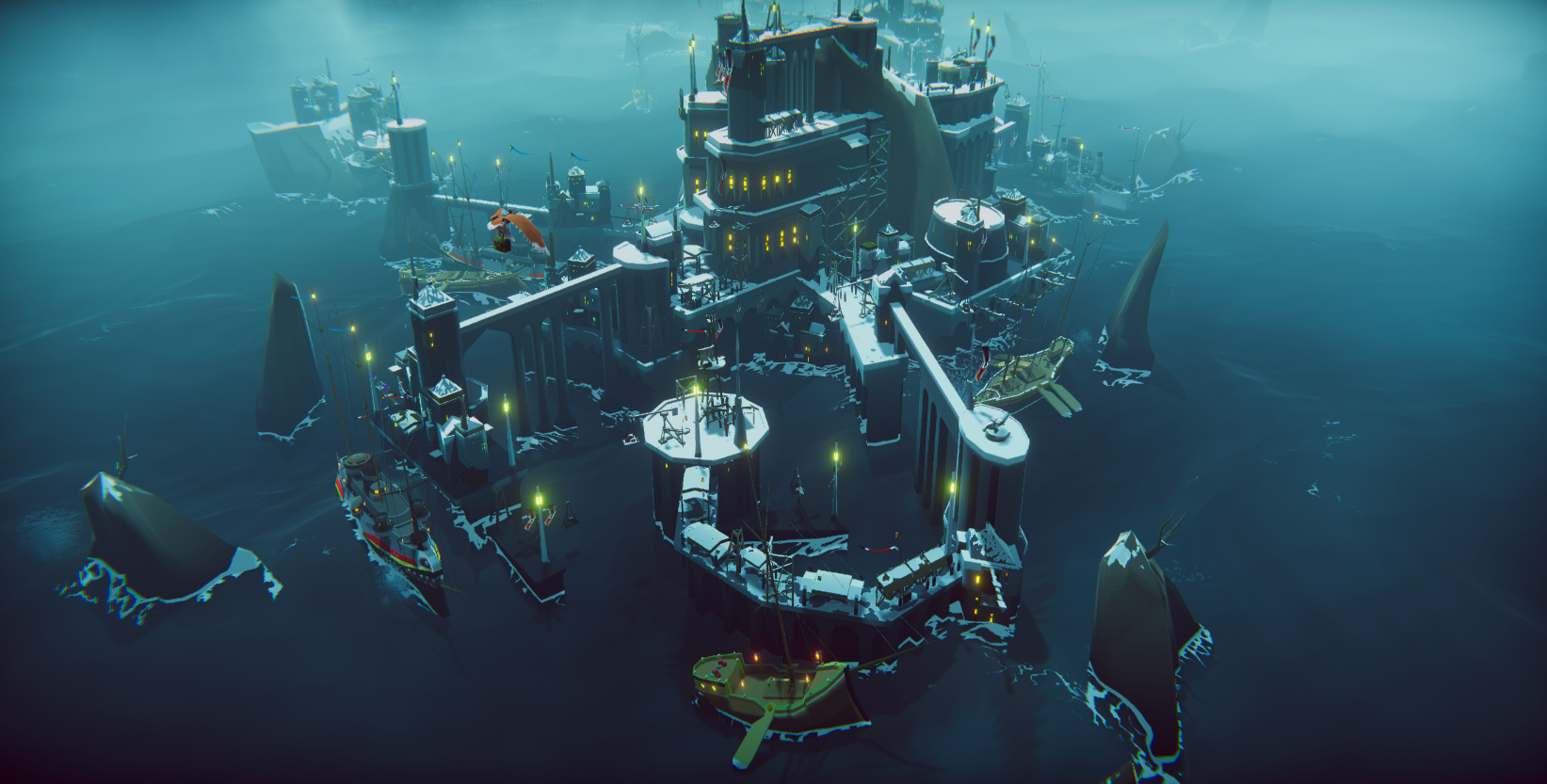
As it happens, this repetition has been thought about and the ability to fast travel to the objective and back home again has been baked into the game from the off, and by utilising the PlayStation 5s SSD, it becomes an instantaneous jump which significantly cuts down mission times to such a manageable level that they don’t feel like a slog or become too repetitive. One thing that certainly never got old was the novelty of having mission orders shouted at you through the DualSense controller – it legitimately never got old.
Side missions are conducted in a far looser way, and have to be sought out and discovered, in the complete opposite to Ubisoft’s ‘everything is on the map and you have to clean it up’ approach. While they are optional, the side missions are encouraged from the off as part way through the first chapter, the difficulty suddenly jumps. There are two options to consider progressing, either keep trying and inevitably fail, or exploring the world to unlock some lovely upgrades to help you on the way. This is more of a laissez faire attitude to progression as The Falconeer unlocks handsome rewards for taking the time out of the main story, including various upgrades to weapons and even the war bird itself – a pro-tip – a bigger gun and a faster bird is always better than trying to learn enemy flight patterns.
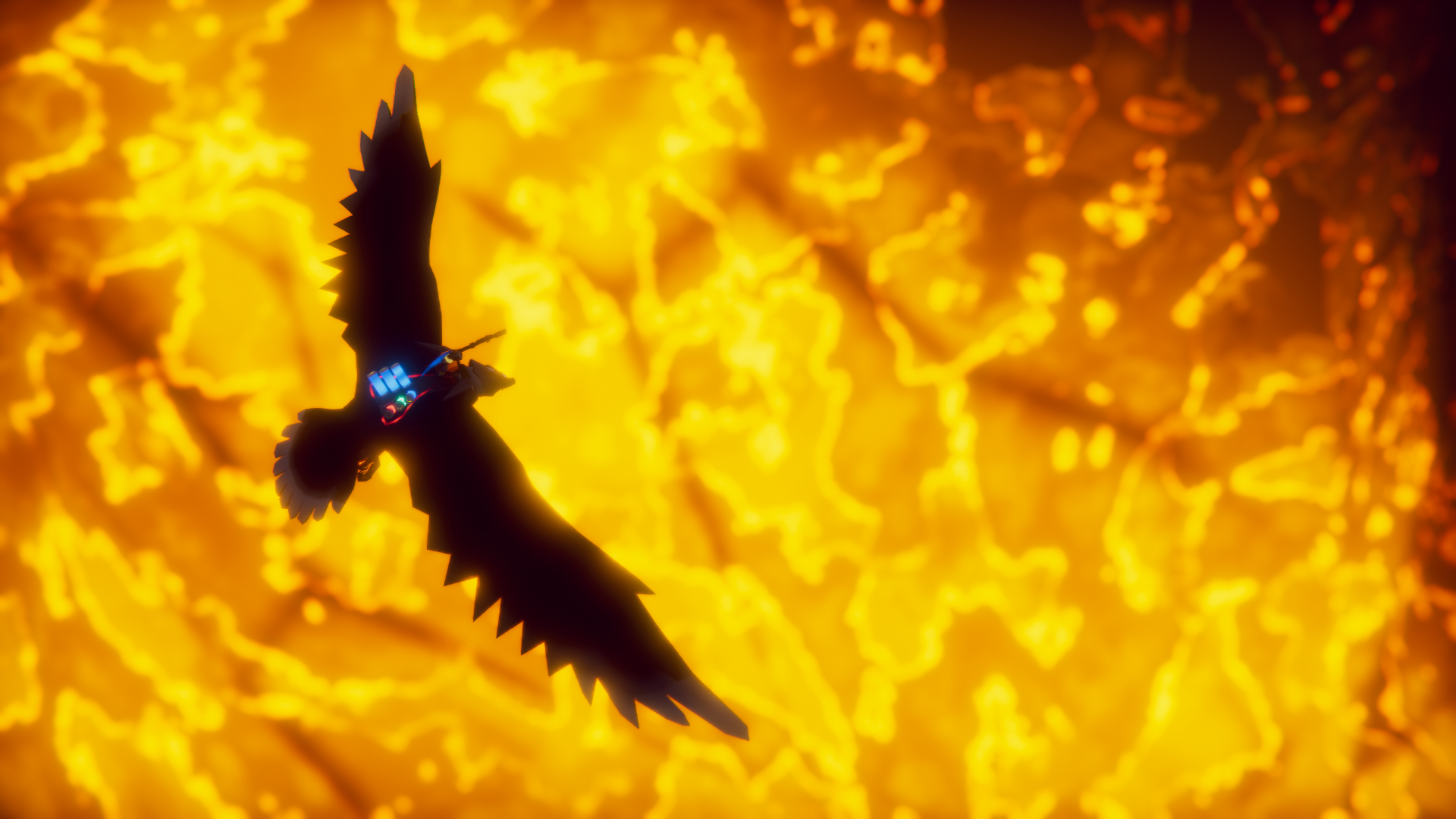
Speaking of which, the combat in The Falconeer can be frustrating and sometimes unfair, particularly in later chapters when swarms of enemies are taking their shots at you and health seems to disappear quickly. These issues aren’t due to unfair AI, but can be pinned directly on the control scheme, with barrel rolling locked to ‘L1’ and was very inconsistent, appearing to work when it wanted to. Pressing the button varied between a slight turn to a full 180, with no real rhyme or reason. A suggestion would be to map it to ‘L2’ where a half press could bank the bird and a full press would result in a swooping dodge. Other implementations such as the fast travel and short missions, meant the experience wasn’t hindered to the point of putting the controller down, but it is an annoyance that cropped up more than once.
This relaxed approach to The Falconeer’s story is combined with an amazing art style that is hard to describe and do it justice. Characters appear to be if claymation met cel-shading in a tavern and had a drunken trist. It sounds like it shouldn’t go, but by golly do they make a beautiful baby, and the visual style isn’t even the game’s main selling point. Tomas Sala has said that gameplay is the most important part of The Falconeer, and it is a silky smooth experience that never stutters during even the most intense battles. While frame-rate aficionados will point out that the 120fps mode present in the Xbox Series X version is missing from the PS5 at the time of publishing, it was patched in after it’s release on the Microsoft console and could well make an appearance down the line for the Sony machine too.
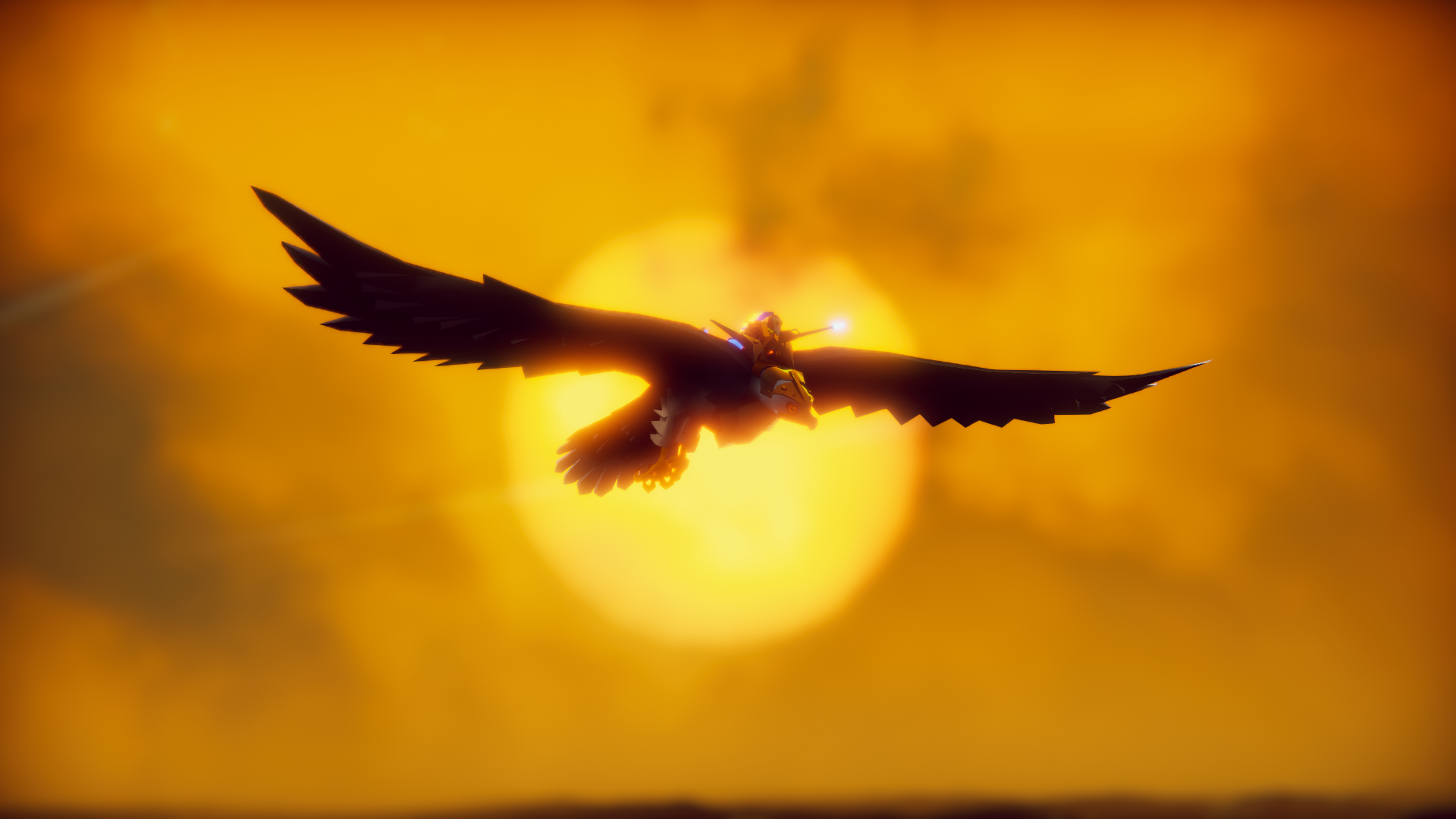
The Falconeer does what similar games wish they could; presenting a huge open world that is full of wonders to discover with a story that doesn’t overstay its welcome. It has an easy going air about the proceedings and doesn’t pressure players to progress to the end of the game. In fact, taking the time to explore the world and discover the various storylines offered more value than the journey to the credits. It helps that getting sidetracked offers lovely unlockables so that when it comes time to take part in the main story, the giant bird is equipped to do so. Combat can be tricky and the lack of variations in missions can be a chore, they are two small blemishes on an otherwise well rounded package.
In the interest of full disclosure, the publisher provided VGamingNews with a copy of the game in order to conduct this review.
Rift Racoon

At A Glance
| Visuals | 8/ 10 |
| Sound | 4/ 10 |
| Gameplay | 5/ 10 |
| Overall | 5/ 10 |
| Positives | + Tough as nails platforming |
| + Charming pixel art style | |
| + Quick platinum trophy | |
| Negatives | – Controls can glitch |
| – 50 levels isn’t enough | |
| – Useless collectables |
It certainly wasn’t the first 2D, tough-as-nails platformer, but since Super Meat Boy splattered his way onto the gaming scene in 2010, it has become the yardstick against which all rage-inducing precision platformers are compared. Rift Racoon is the latest in the controller snapping genre; developed by Marcos Game Dev(with the help of console porting gurus Ratalaika Games and publisher eastasiasoft), to try to wrestle the crown from the animated lump of beef. Will it succeed? Read on to find out.
Rift Racoon, which according to Wikipedia is an acceptable alternative for spelling Raccoon, ticks a lot of boxes out of the gate. We’re introduced to Tucker the Raccoon, who is caught up in a case of mistaken identity. Given a machine that allows him to teleport through walls, he sets off on a quest to test the machine – there’s no rhyme or reason behind this really, Rift Racoon is simply about making sure the little guy completes the fifty levels set out before him. I have to admit that I liked this approach – it’s allowed the developers the opportunity to offer a pure platformer rather than try to gussy it up into a narrative driven experience which sometimes feels a little forced.
Instead of working on a plot device, Marcos Game Dev decided to focus on the visuals and mechanics of the Rift Racoon. The first world, set in a lab, eases you into the game and teaches you everything you need to know about moving and teleporting. It’s simple enough and a stress free experience; a few times I’d miss where I was aiming for but after a super quick restart, I was off again and without much fuss. The levels themselves are a little on the short side, only lasting a few minutes each, but there’s occasionally a longer one that pops along that’s punctuated with checkpoints so that if you did have to restart, you wouldn’t have to start all over again. Once the laboratory stage was over it was time to head into the real world, where the difficulty significantly ramps up. Obstacles become more tightly packed, you gain the ability to string jumps together and there is a single gem stashed somewhere in the level for to track down. The gems only act as cosmetic skins for Tucker and while it does extend the game a little, the reward doesn’t really warrant the effort.
I have to say that the 16-bit chunky pixel art style is simply gorgeous to look at. The little fella isn’t the most detailed but he doesn’t need to be; he fits in with every environment he enters, whether it’s the opening laboratory or the main outside world. Since this is an indie game made on a budget, there are a lot of repeated assets and minimal characters, but they’re not really required. The soundtrack too is a little on the generic side but it’s soothing, and considering the amount of retries I ended up taking, was an absolute godsend. All in all, it’s safe to say that Rift Racoon is a pretty looking package, but perhaps a little lacking in some areas.
But as my mum used to say, “Don’t worry love, looks aren’t everything”, and she’s unfortunately right in the case of Rift Racoon where I came across some pretty big problems with the controls. When trying to teleport upwards, I often found the raccoon changing his mind and committing suicide by trying to travel through a wall, andwhen landing next to a spike on a tiny platform, I had to be a substantial distance away from the obstacle or I’d send my trusty raccoon companion to the big rubbish bin in the sky. This is fine in the earlier levels where things are more forgiving, but when deadly things are either side of me, it becomes a game of “which thing should I die on next”.
I began to think that, perhaps in my old age, I was doing something wrong – it is a precision platformer after all and perhaps my reflexes were too sluggish. I tried two different controllers and was sure to use the D-Pad and analogue sticks on both, but met with the same results. Even plugging the controller directly into the console didn’t help and teleportation sent me in all manner of directions. It’s as if the developers cackled manically and said, “If the level layout doesn’t kill you, then the controls certainly will!”
Even if this is a case of a workman blaming his tools, there’s another unforgiving problem to contend with. If you clip into either the wall or the floor when teleporting, even by one or two pixels, you’re given just a couple of milliseconds to try to jump free or it’s back to the start for you, Trash Panda. That in itself isn’t a problem, but in a precision platforming game I would expect the key focus to be on the precision, and because of the troubles with aiming, it becomes an infuriating issue of having to plan a pixel perfect jump while trying to preempt any funny business from the controller. This worked great in the first few levels where you had the time to plan your moves, but as you creep towards the end goal, Rift Racoon becomes one of the hardest platformers to navigate that I’ve ever experienced.
Underneath all of the time spent barrelling the cute little guy into the floor, walls, and ceiling, Rift Racoon does have a half decent platforming mechanic that doesn’t just expect perfect precision, it demands it. For all of the flaws , I found that if I played the game in short sharp bursts, I could spread out the game’s fifty short levels and not build up enough rage to yeet my controller at the nearest wall.
It is a shame that Rift Racoon’s levels weren’t a tad longer and the controller issues prevented a more balanced outcome. Just tweaking the control scheme slightly and spending a few more seconds clearing one extra obstacle, or even having something more to unlock with the gems would’ve elevated the game from “OK” to “Pretty Great”. Granted, the PlayStation 5 version of Rift Racoon also nets you a PS4 copy, but aside from the two sets of trophies, which can be Platinumed in less than an hour, the troubles with clipping and the glitchy aiming offer little motivation to play through the same game twice in quick succession. While it doesn’t come close to the levels of Super Meat Boy, Rift Racoon does have some glimmers of a good game in there somewhere, if only they didn’t keep clipping into the walls… .
In the interest of full disclosure, the publisher provided VGamingNews with a copy of the game in order to conduct this review.


